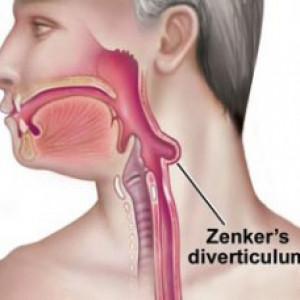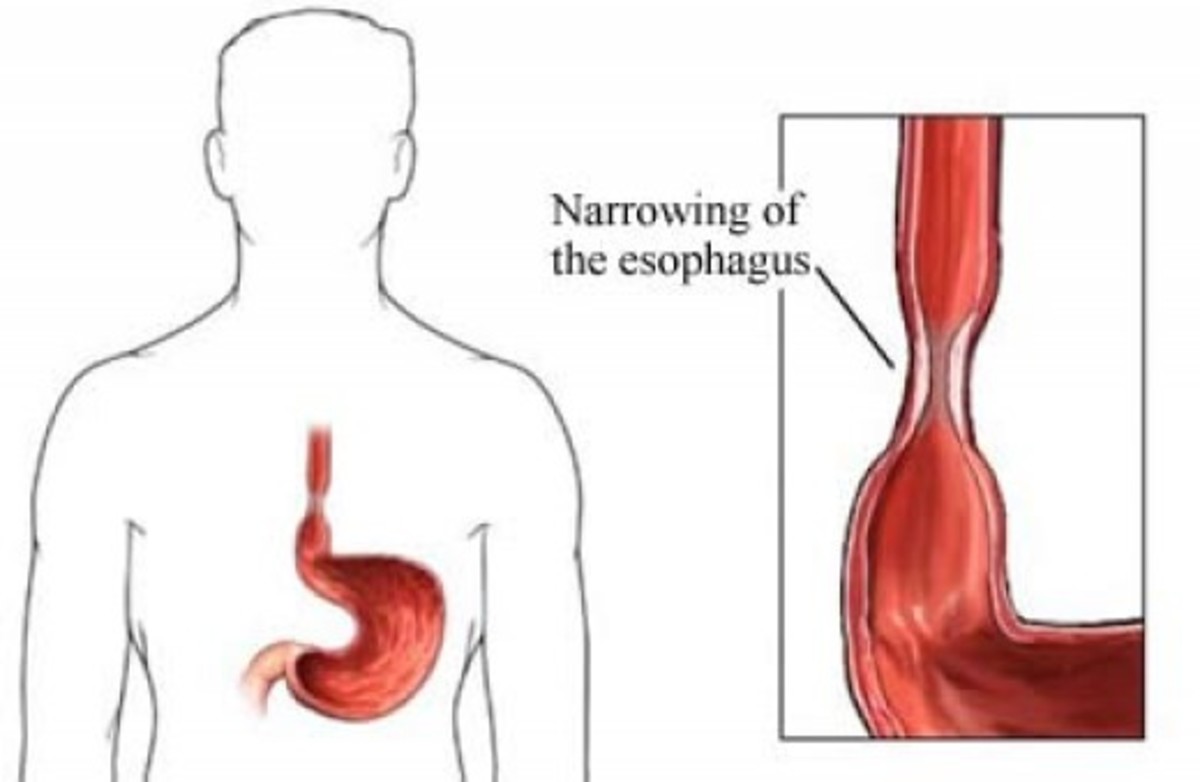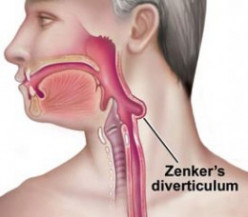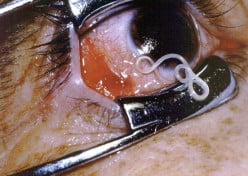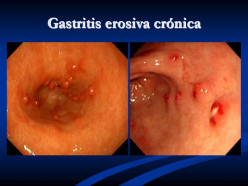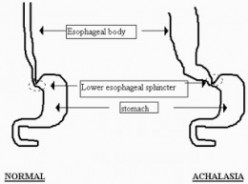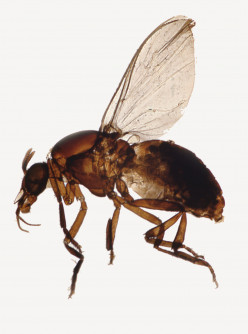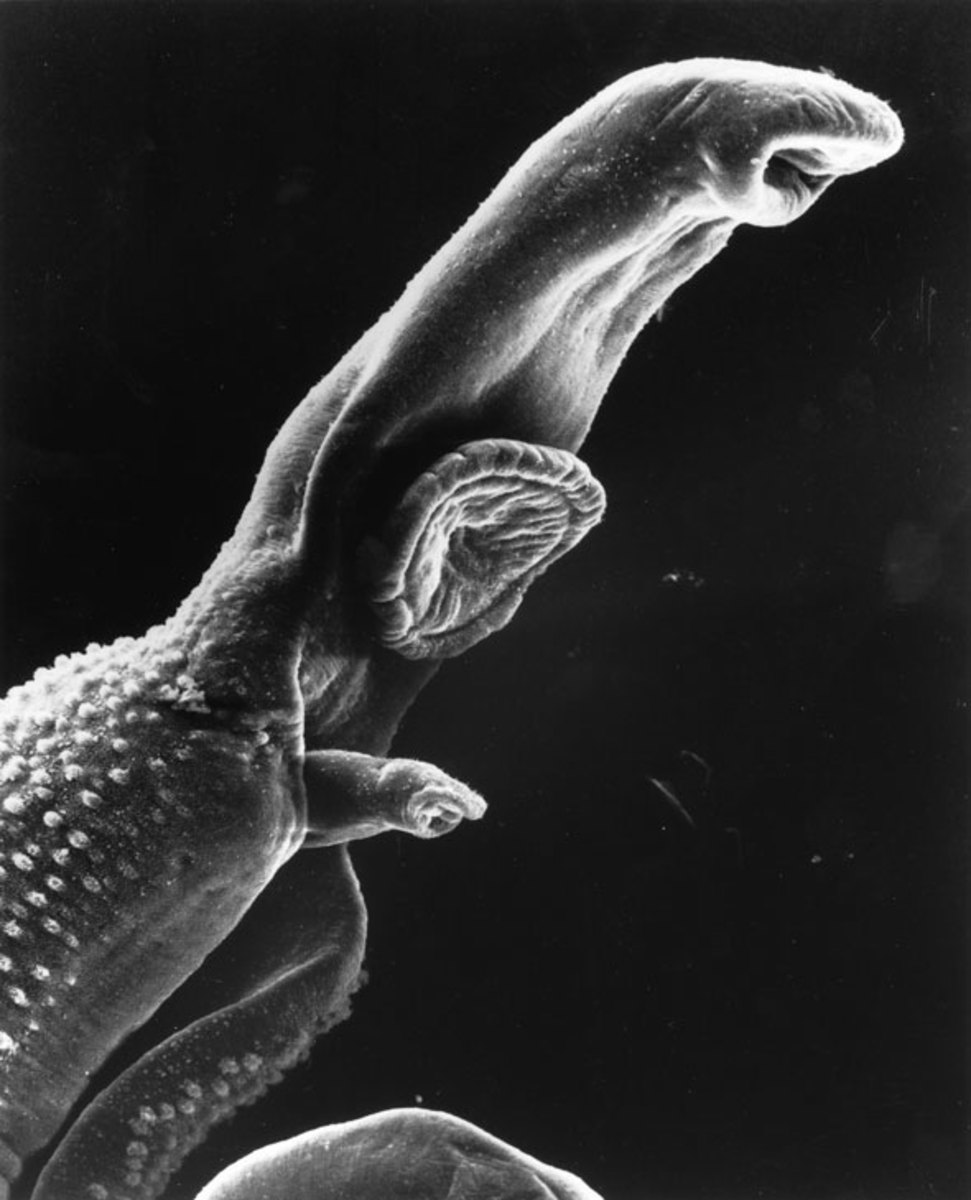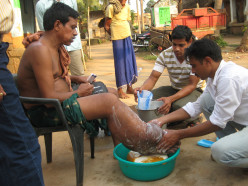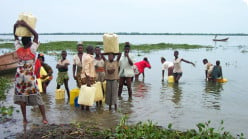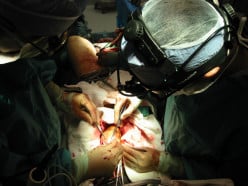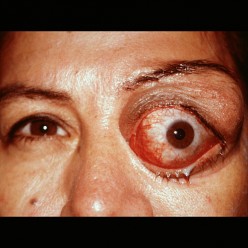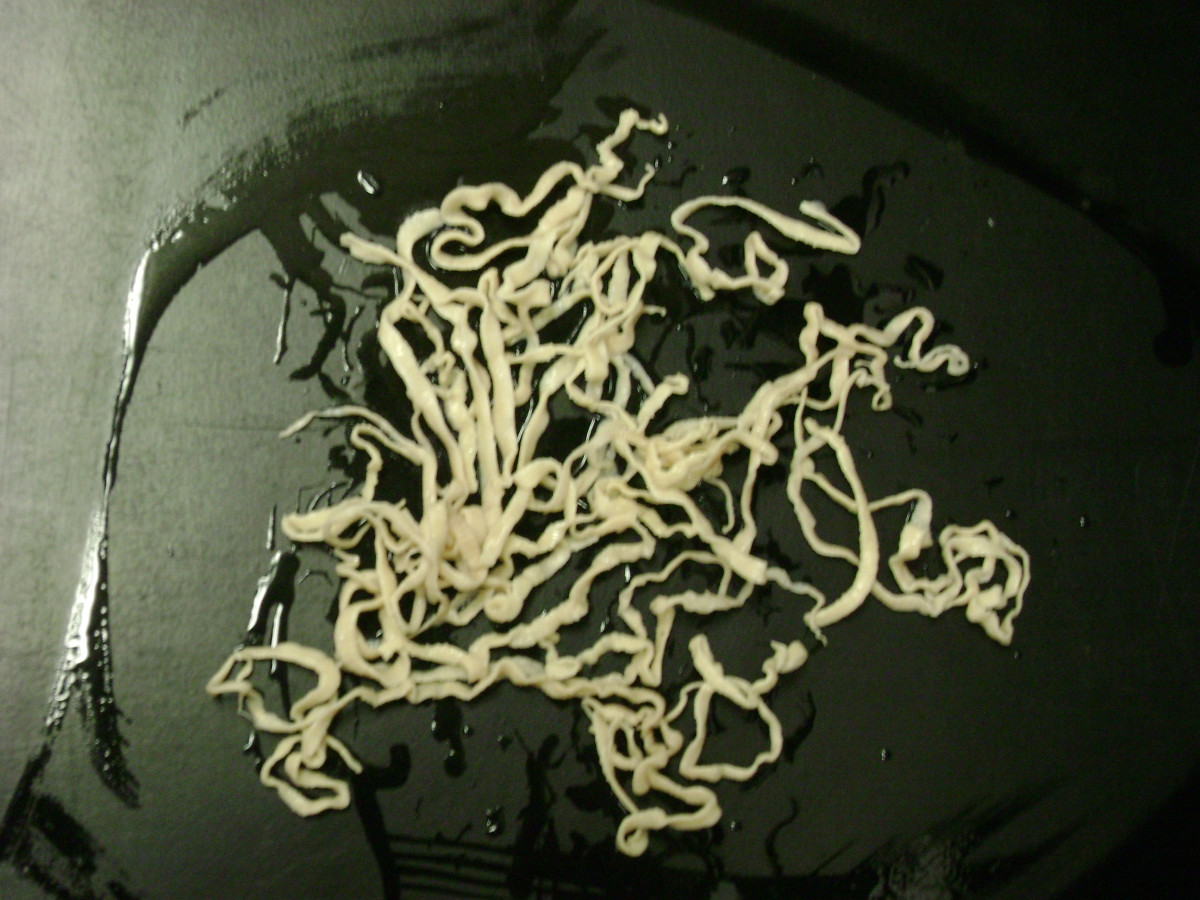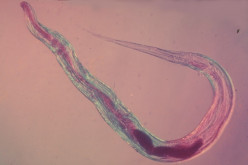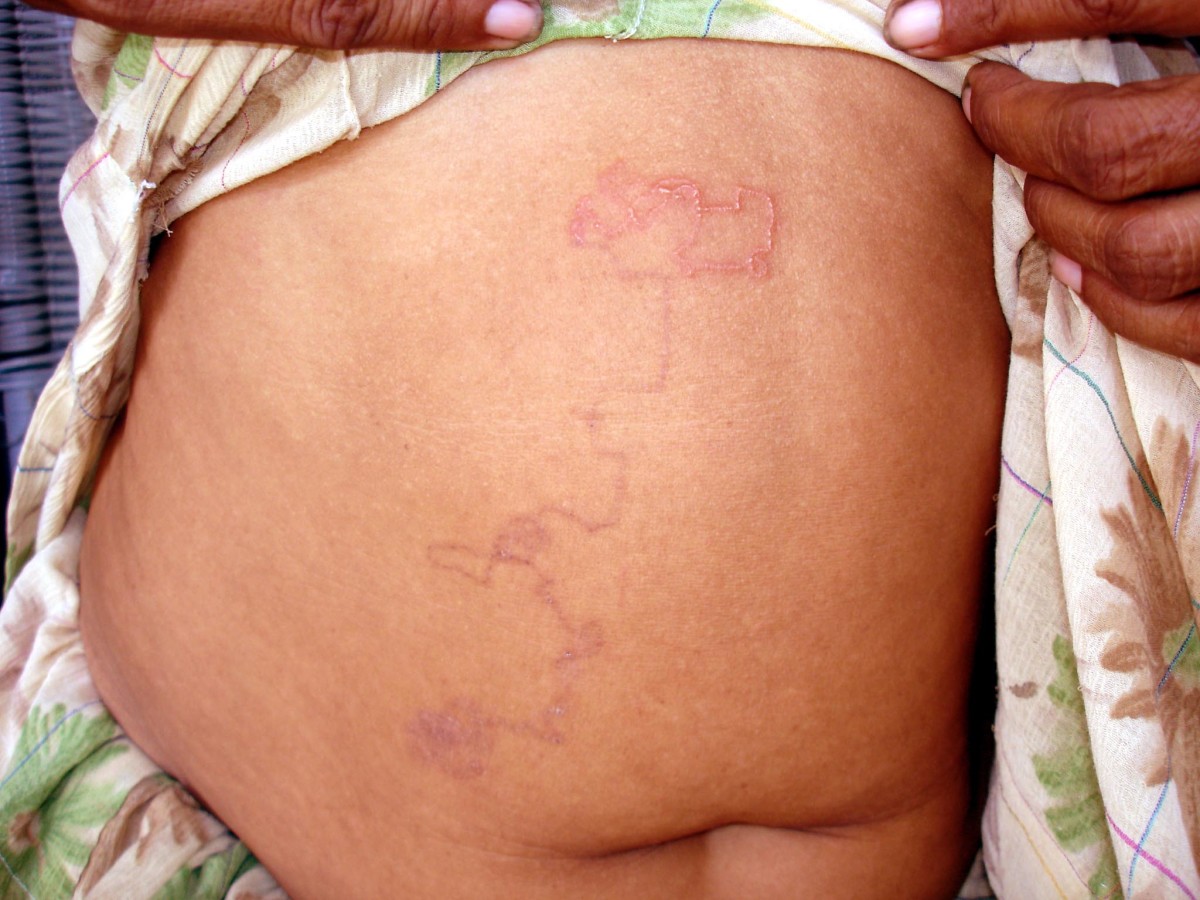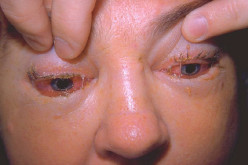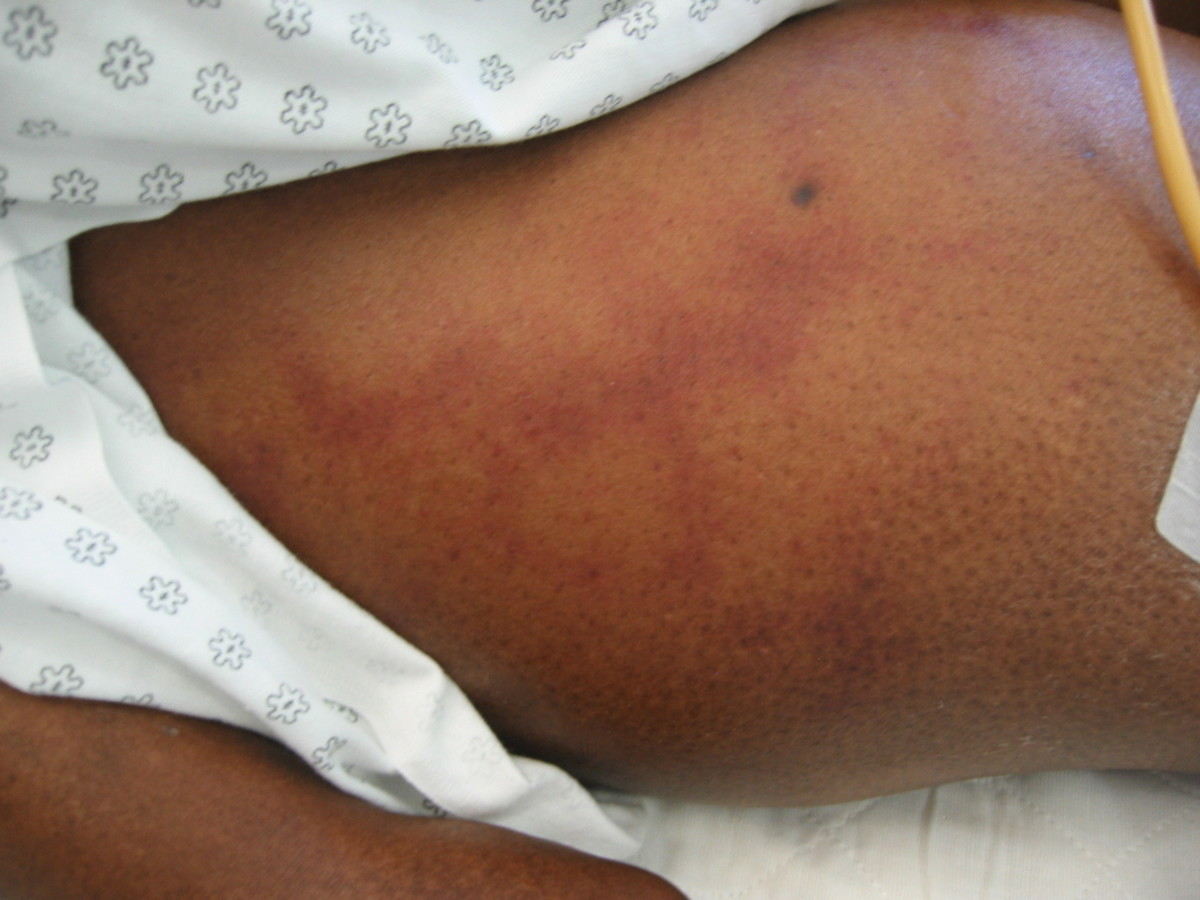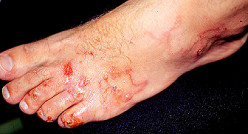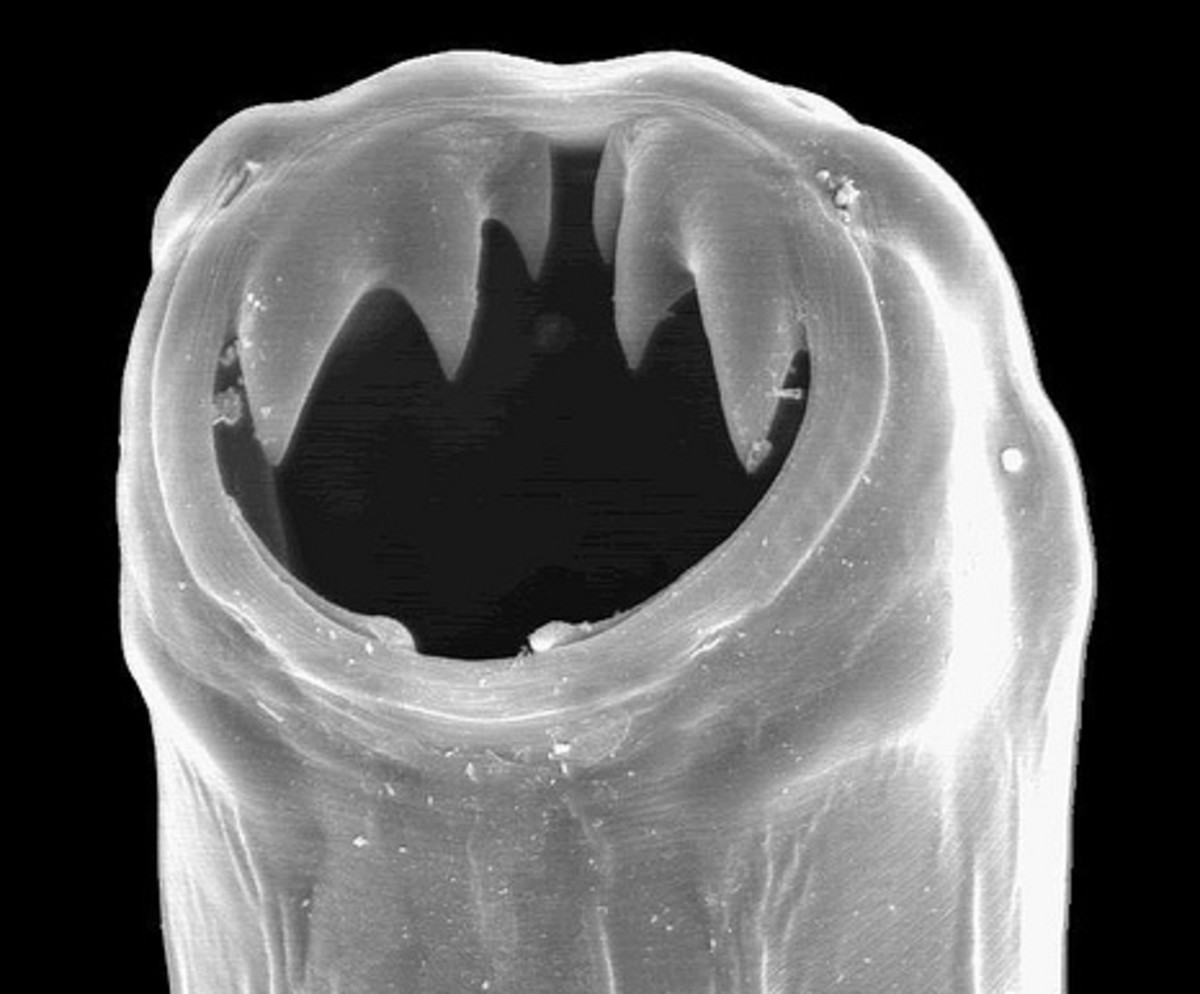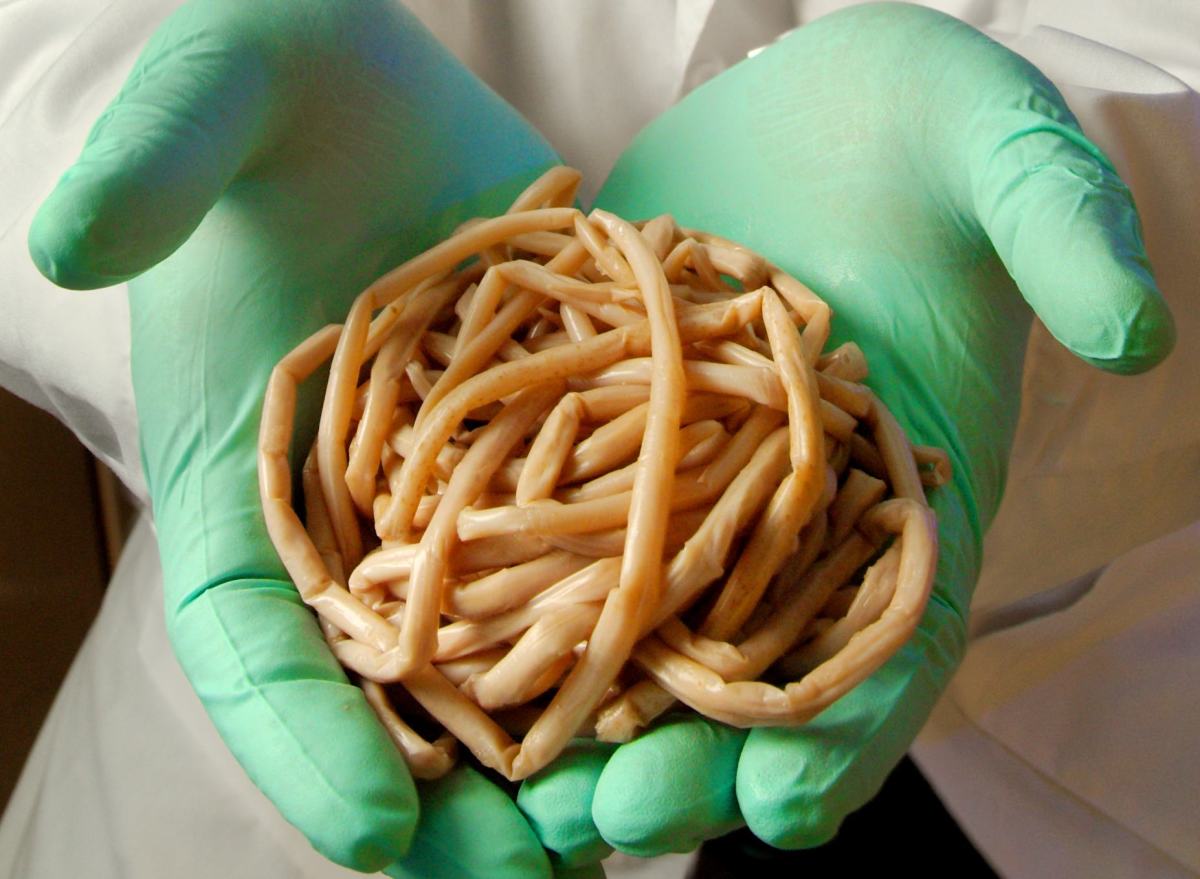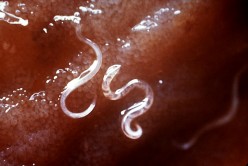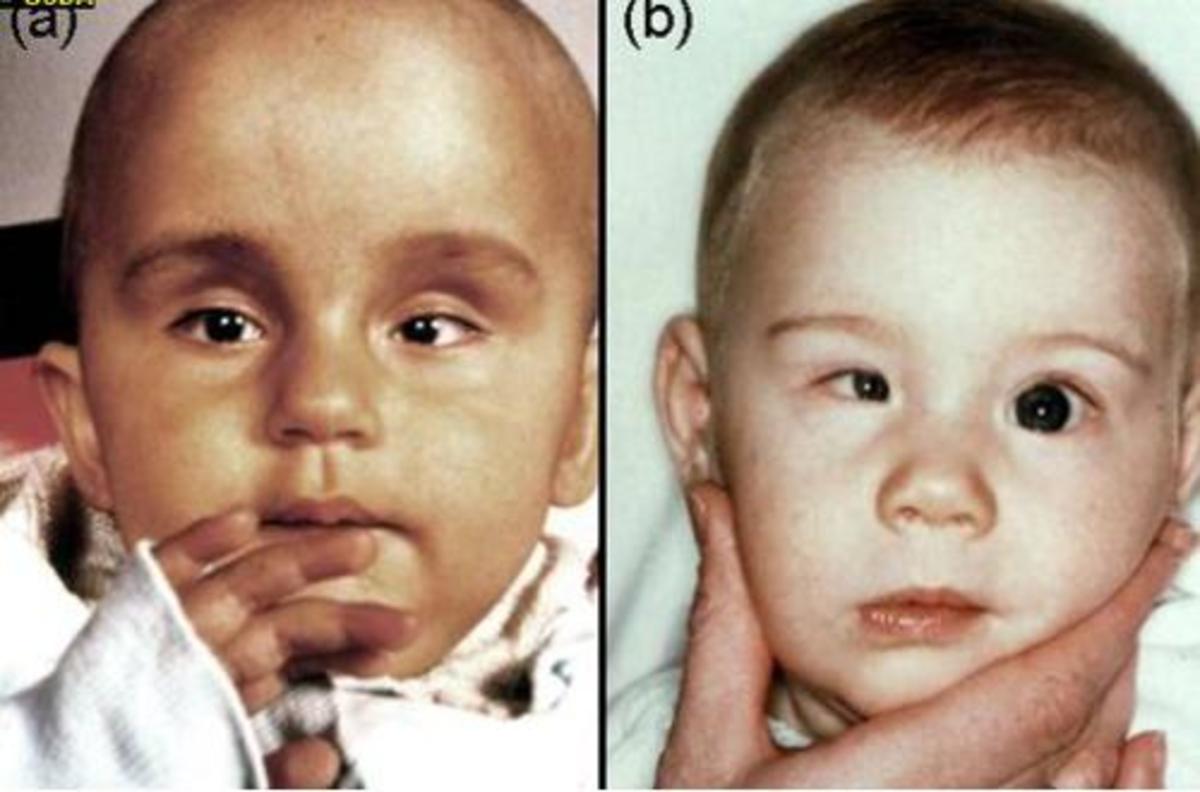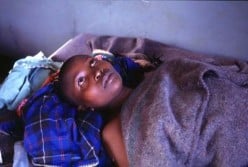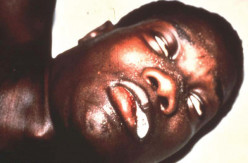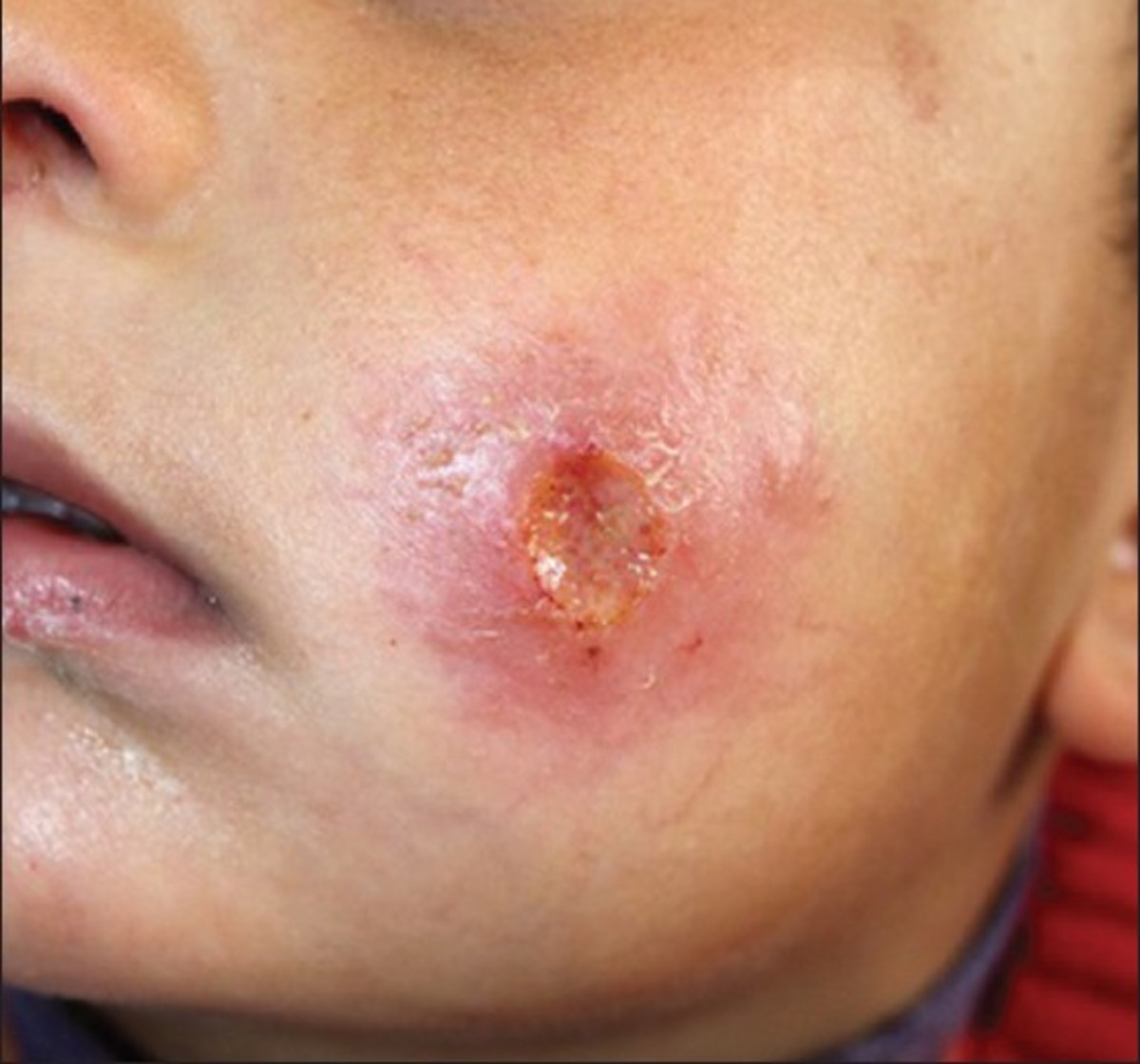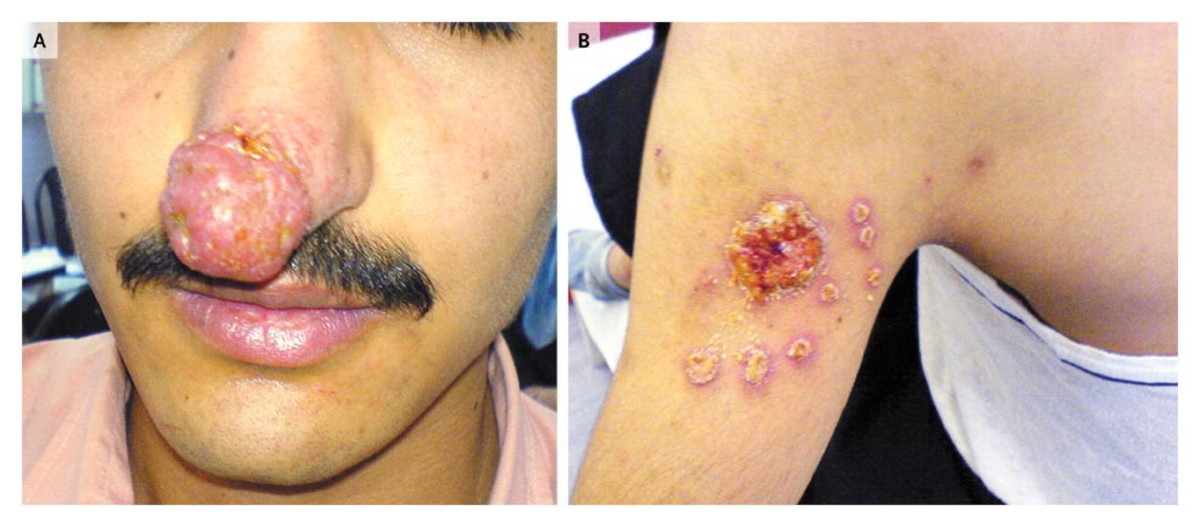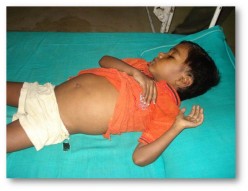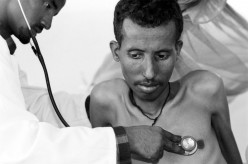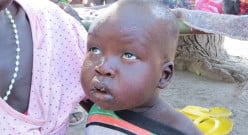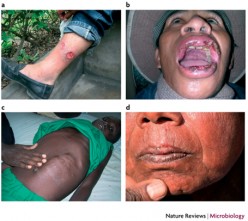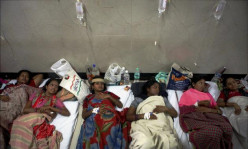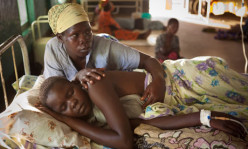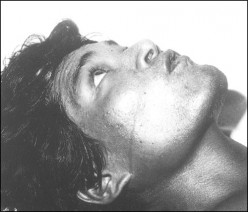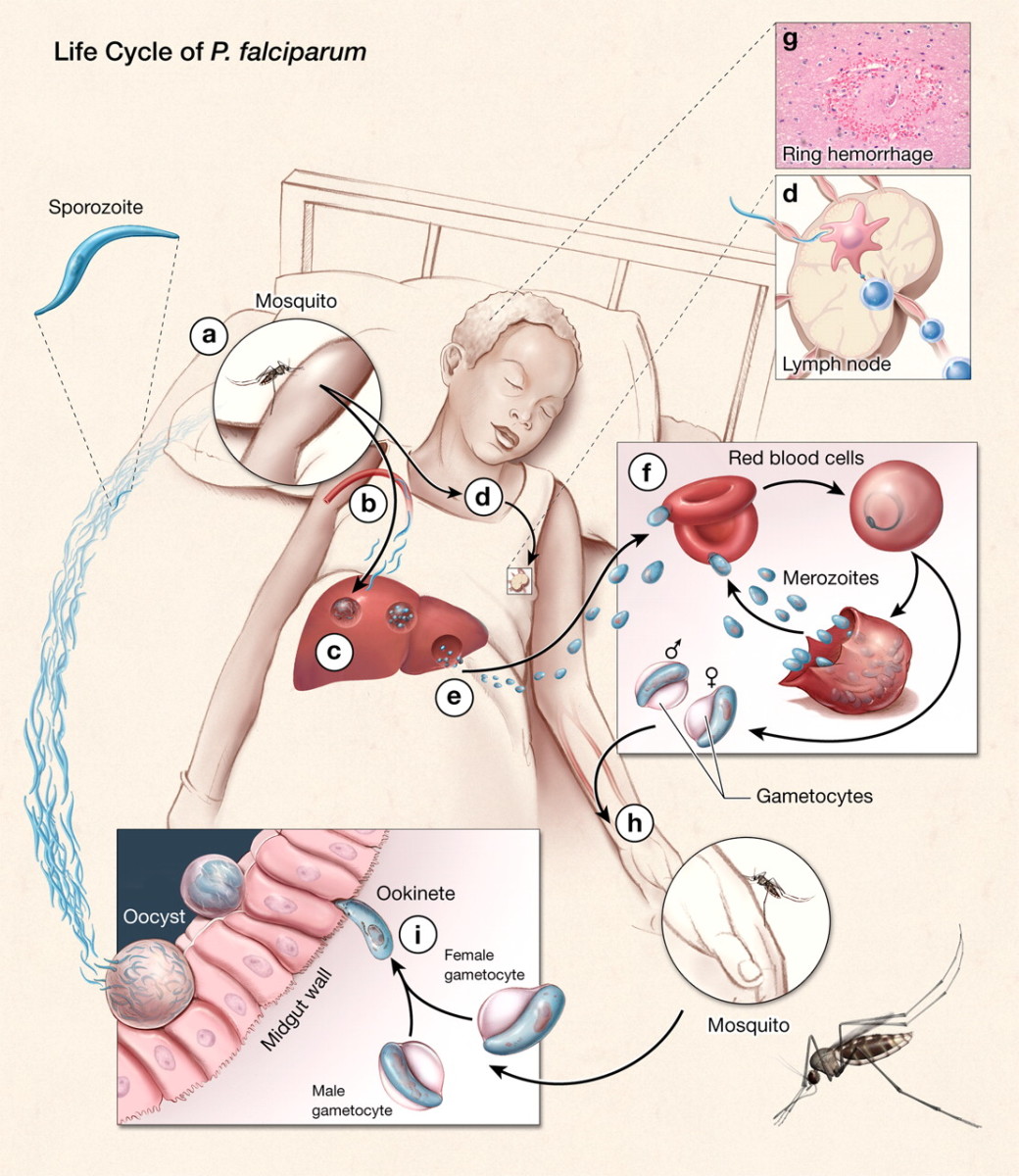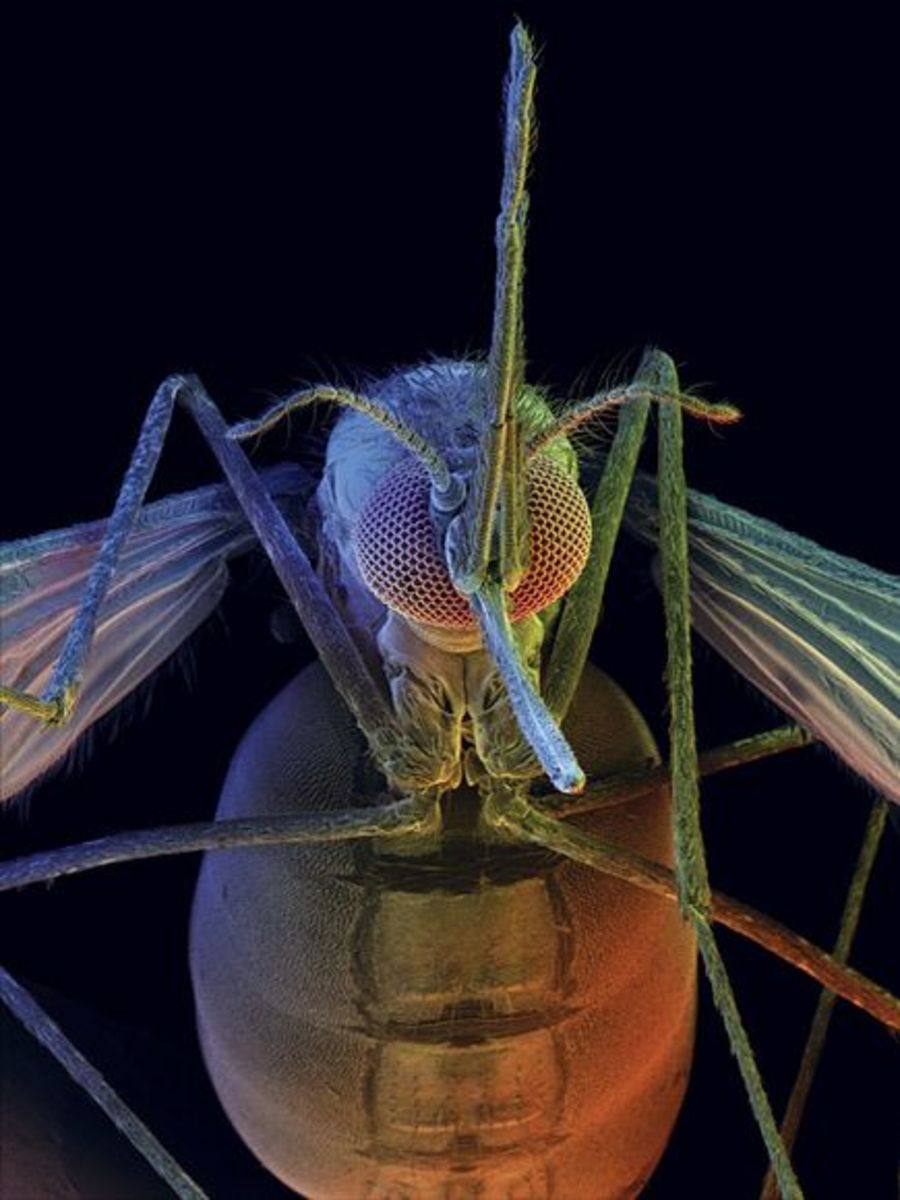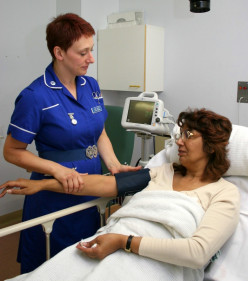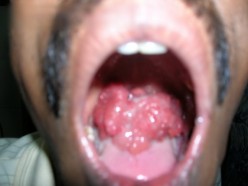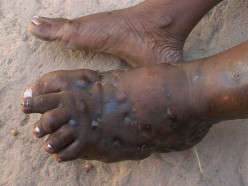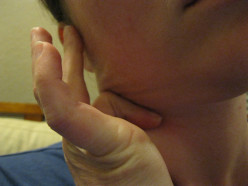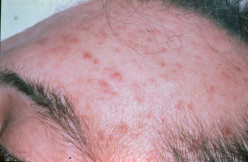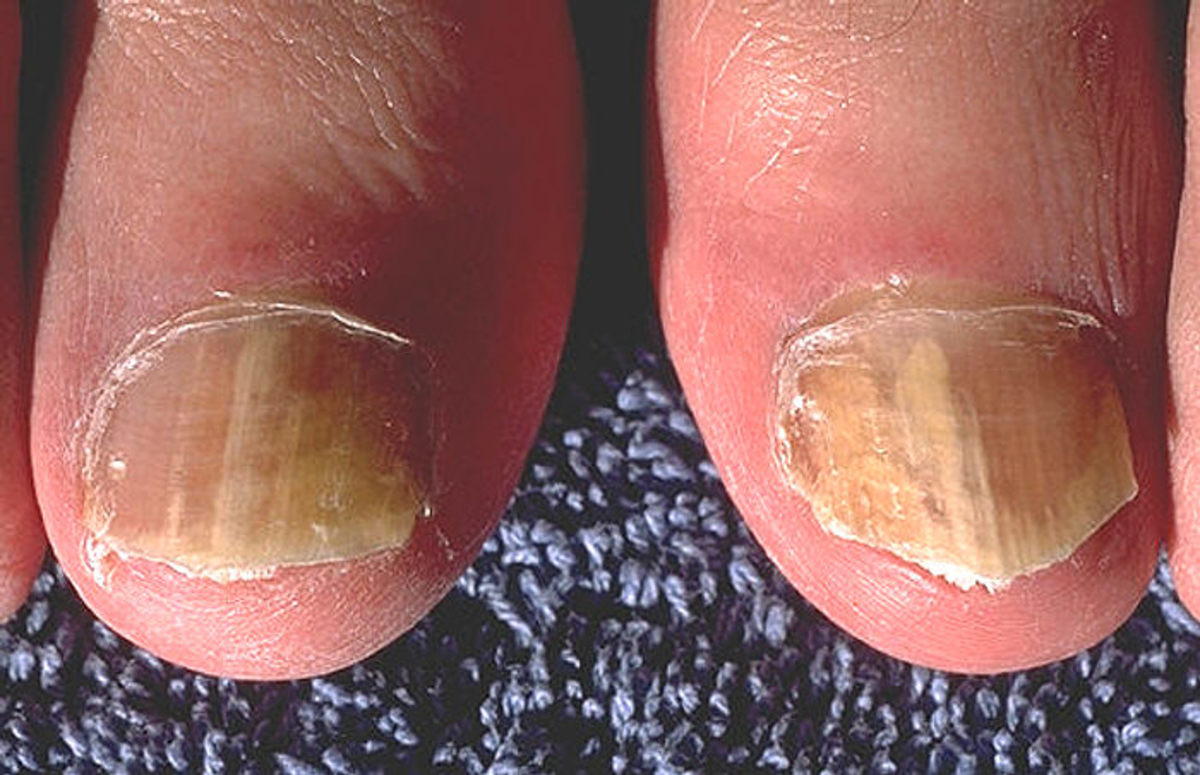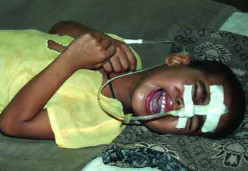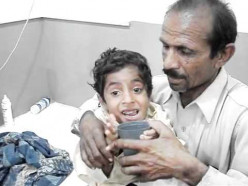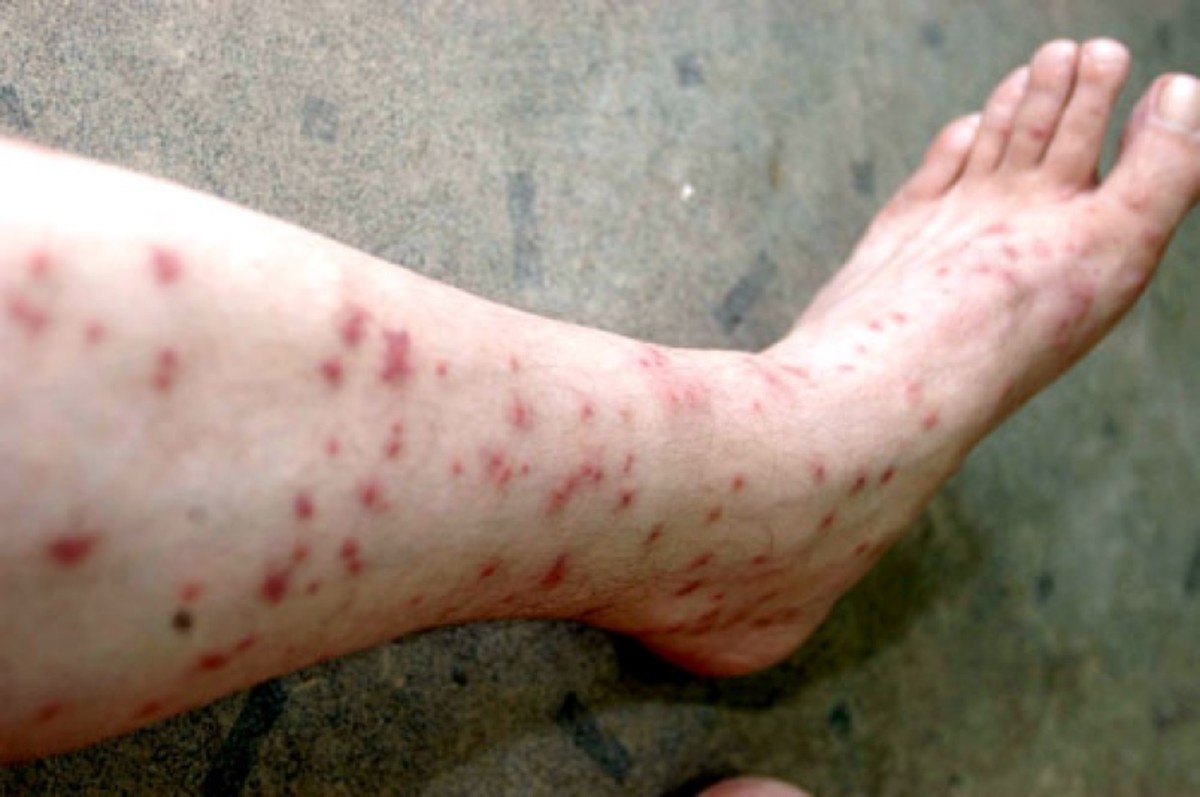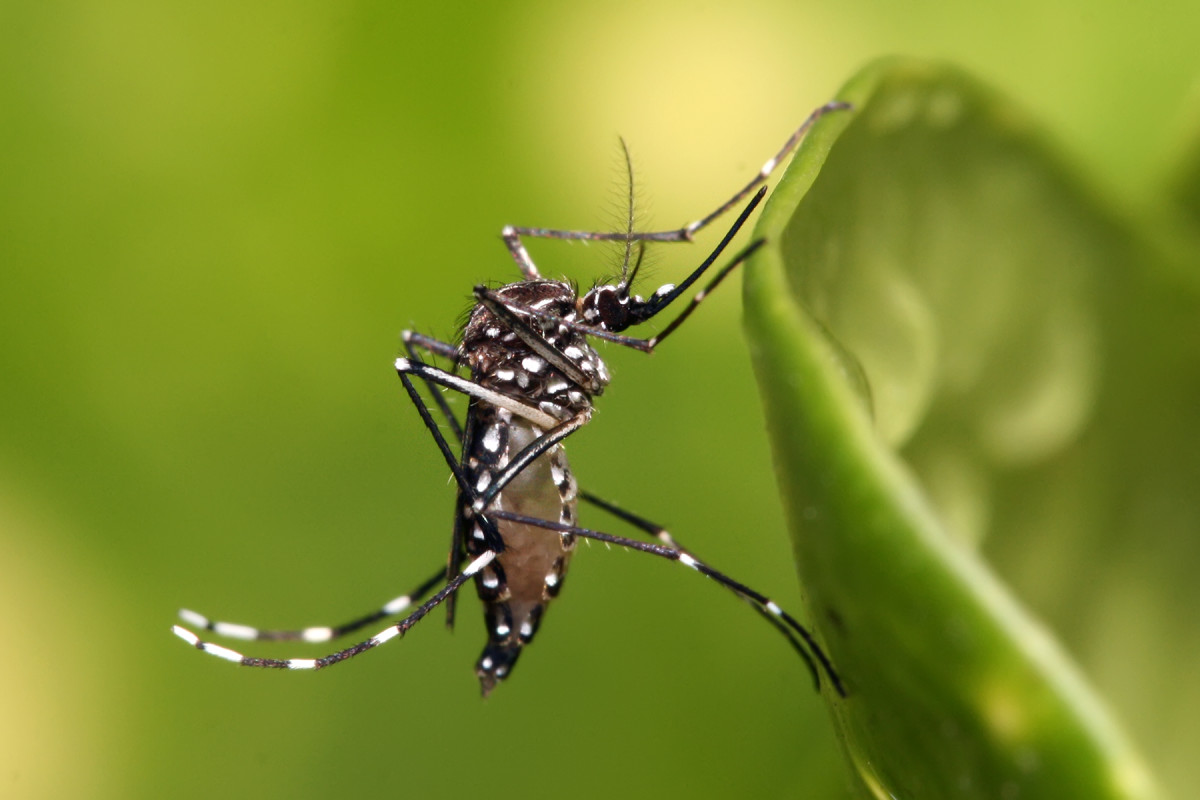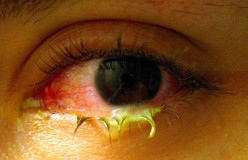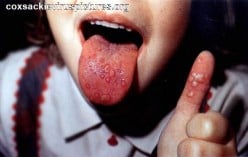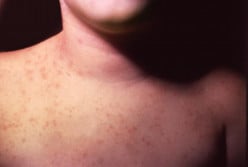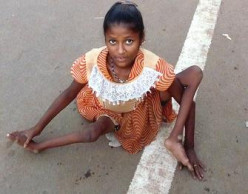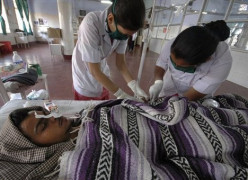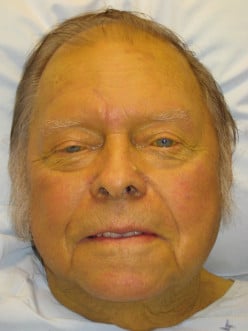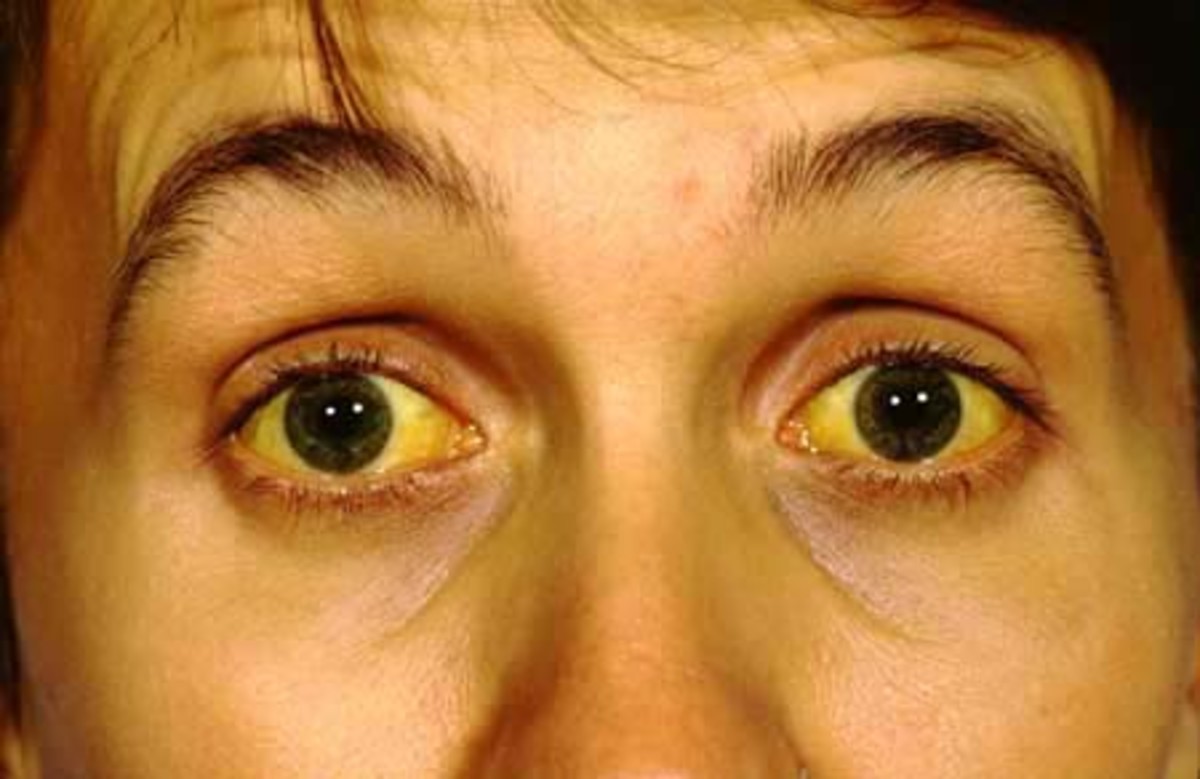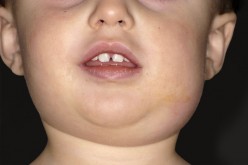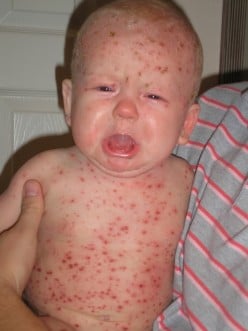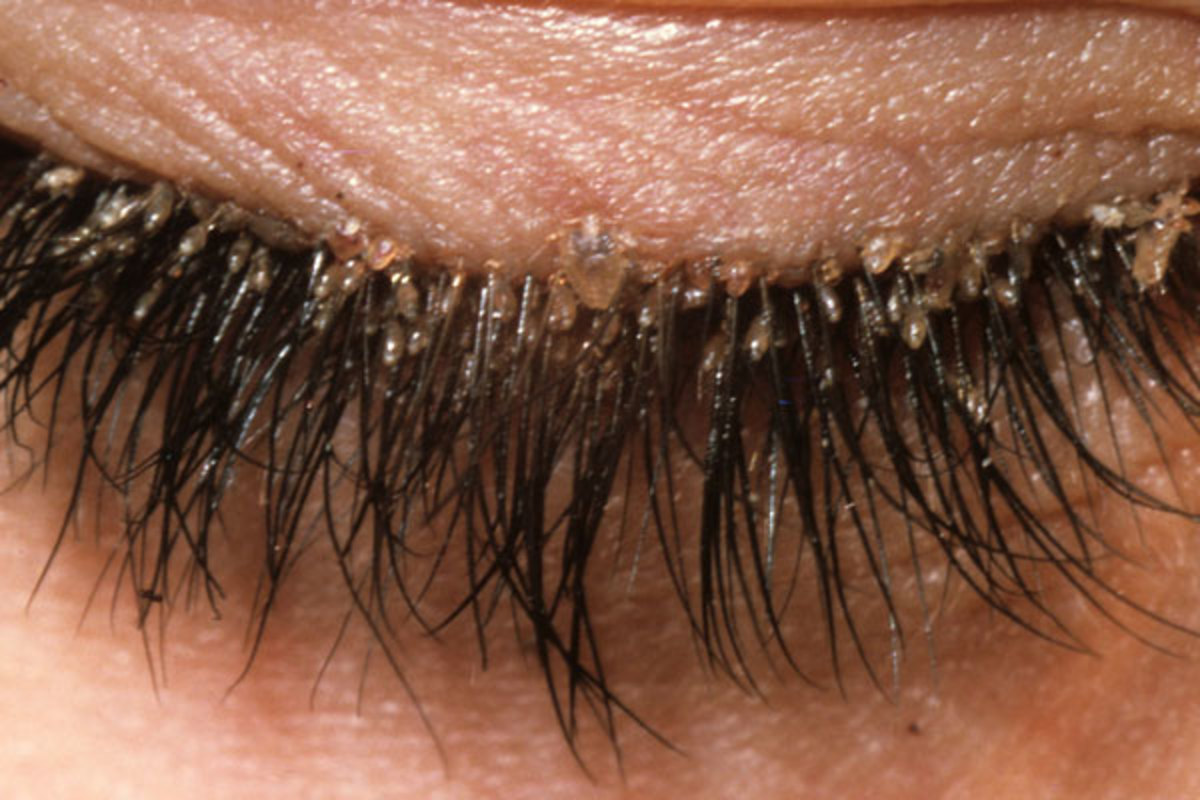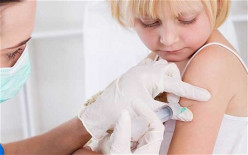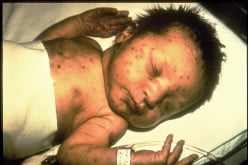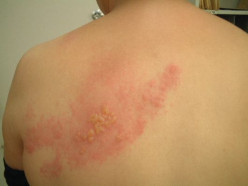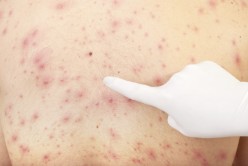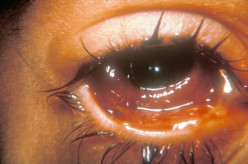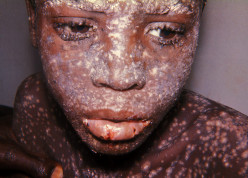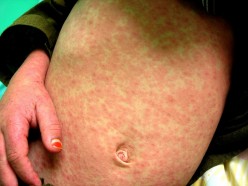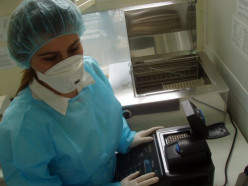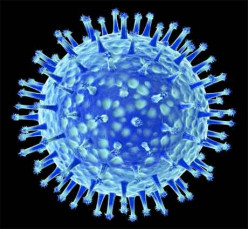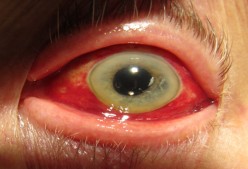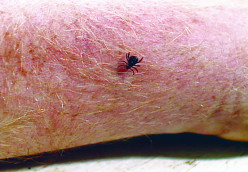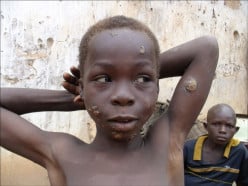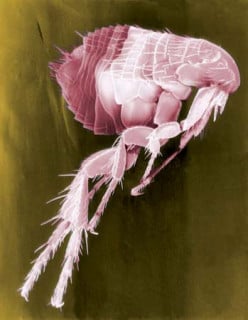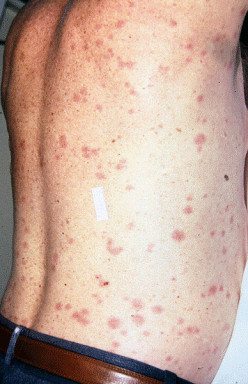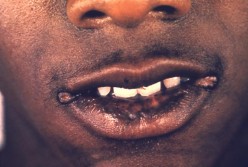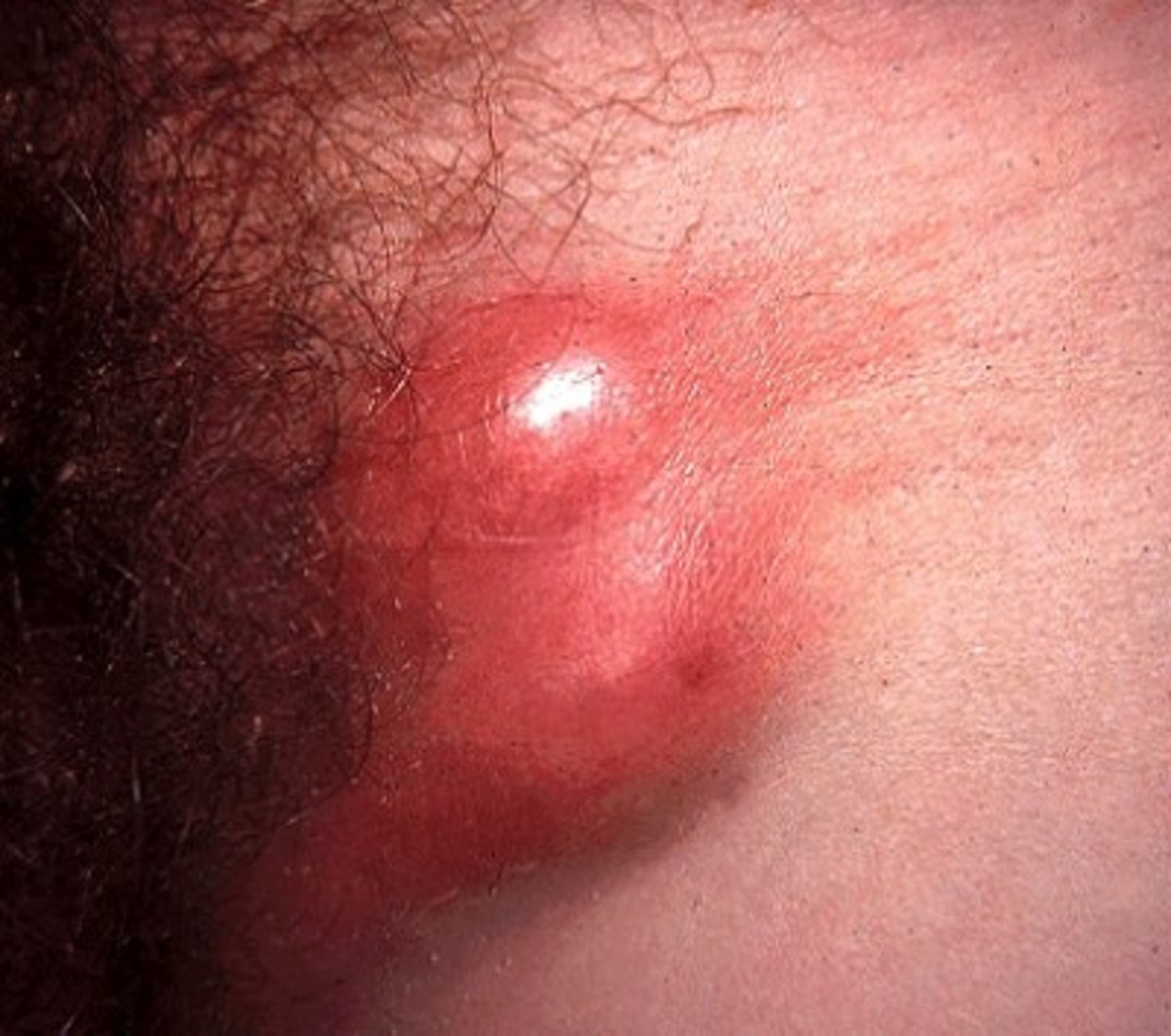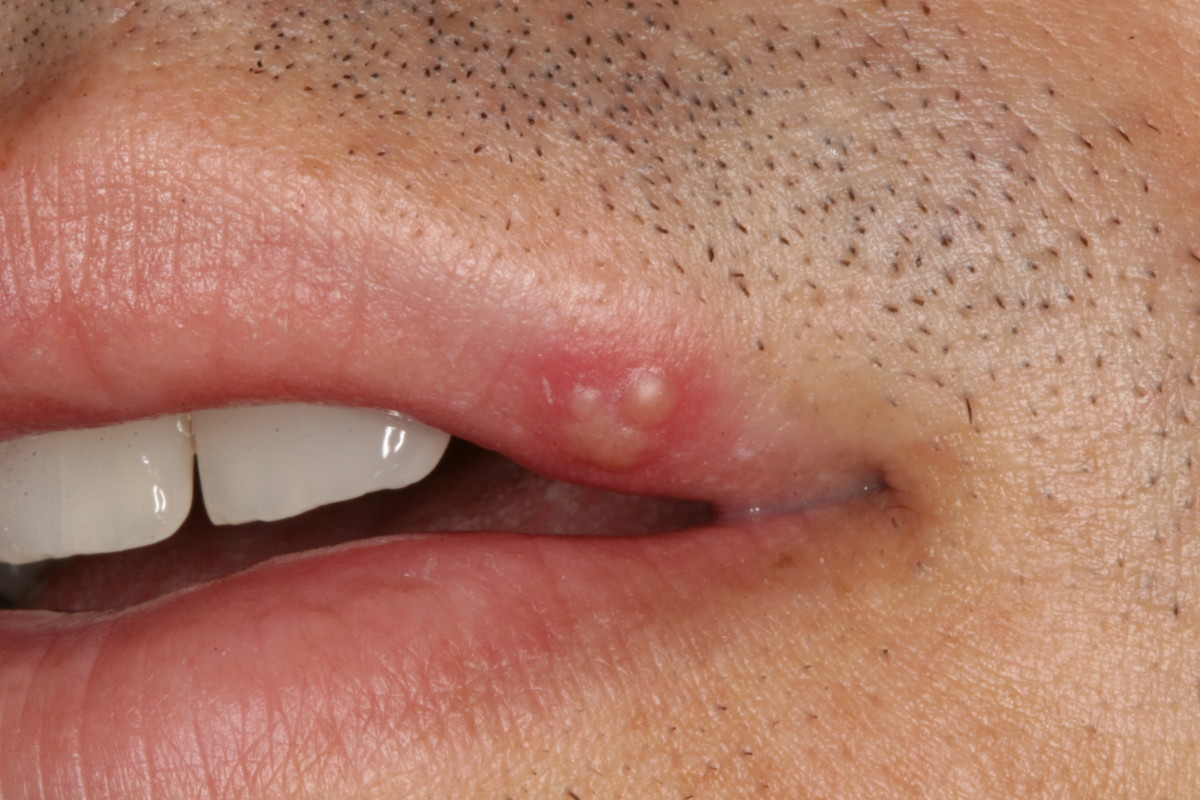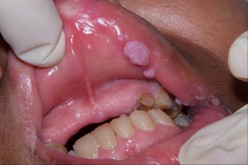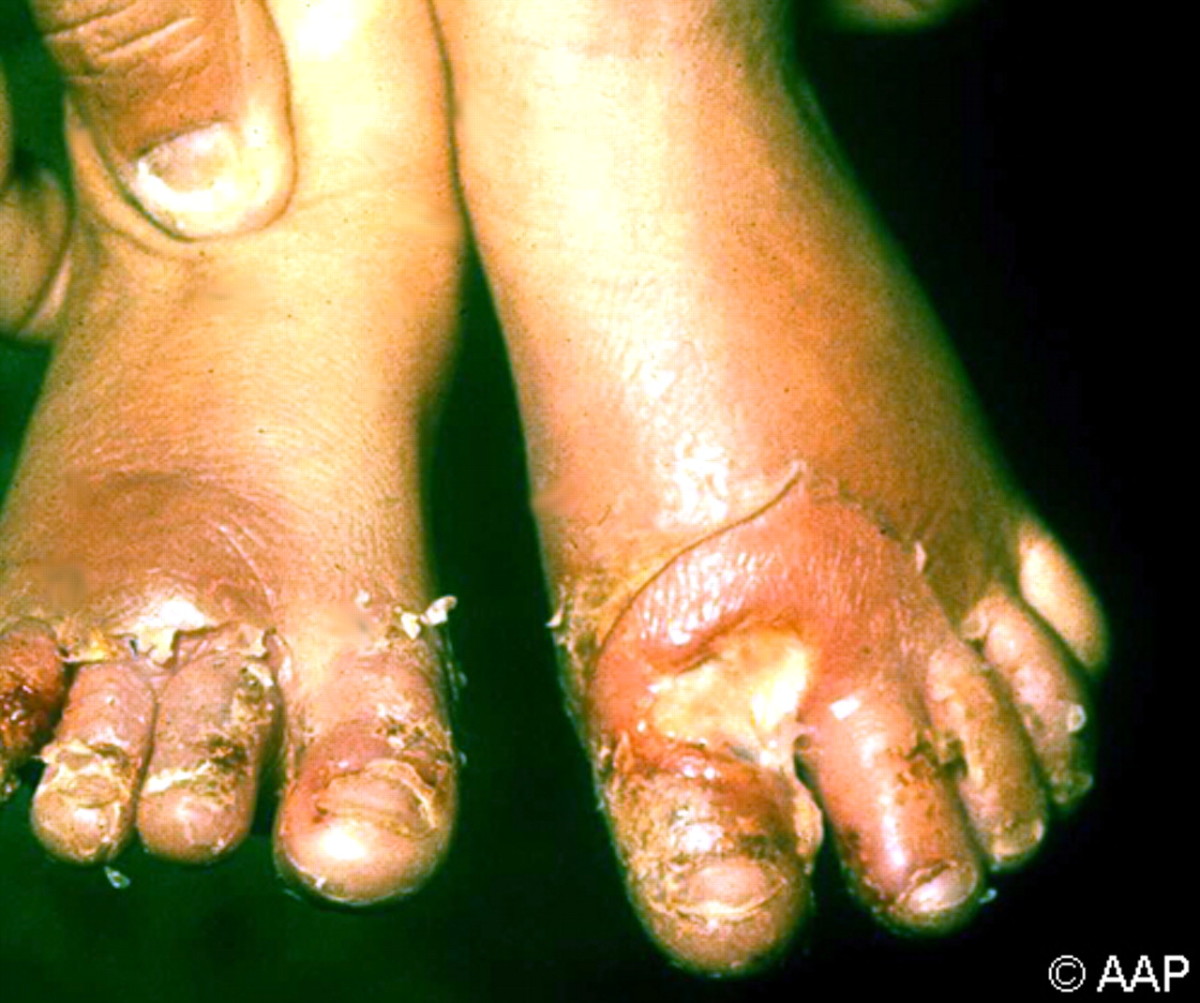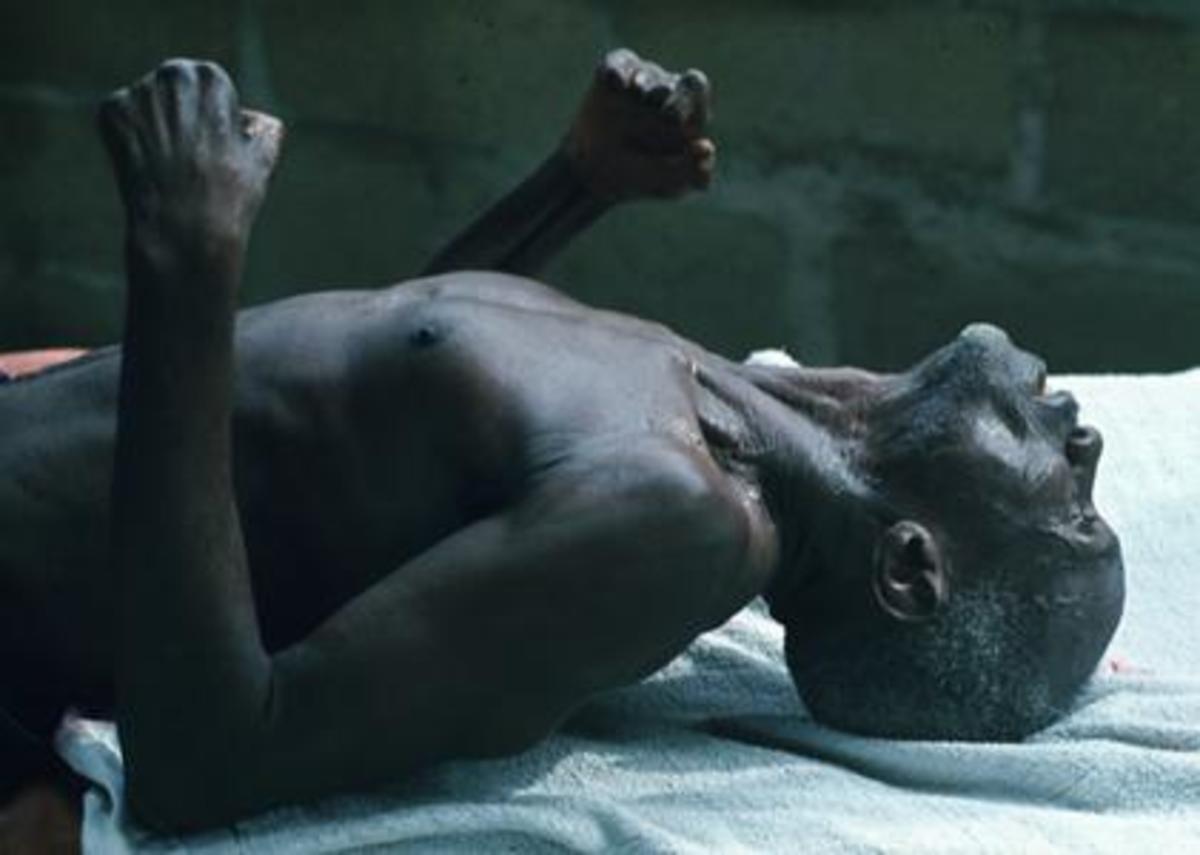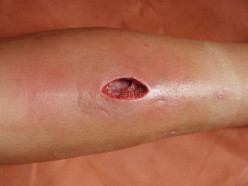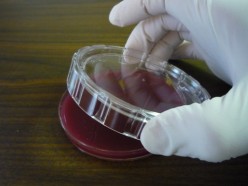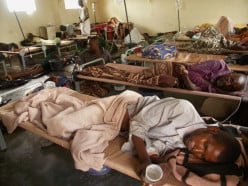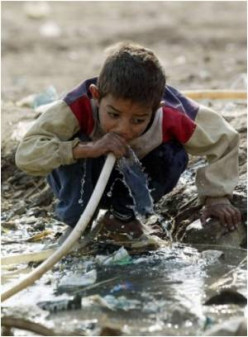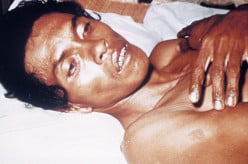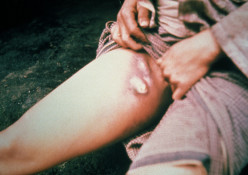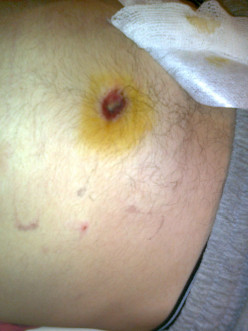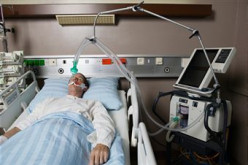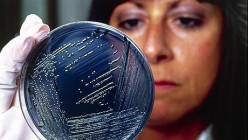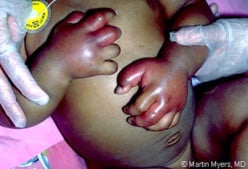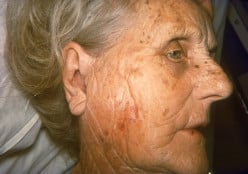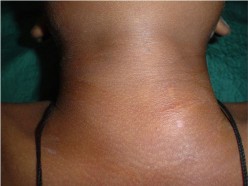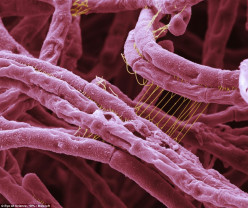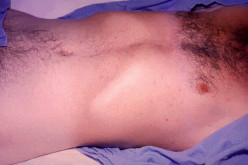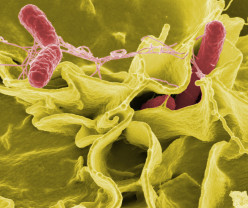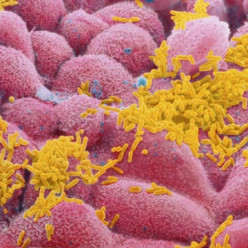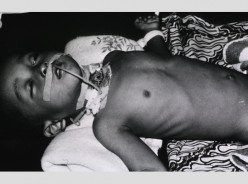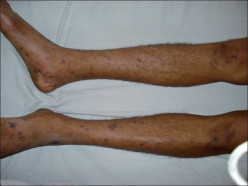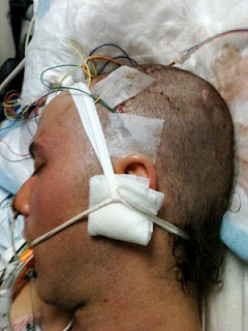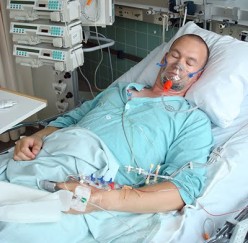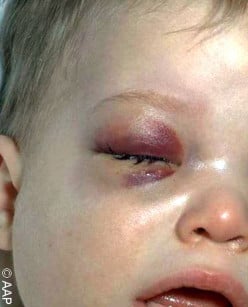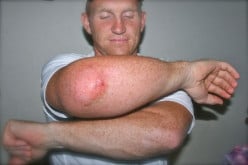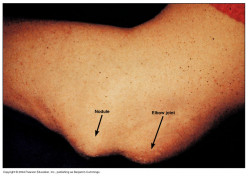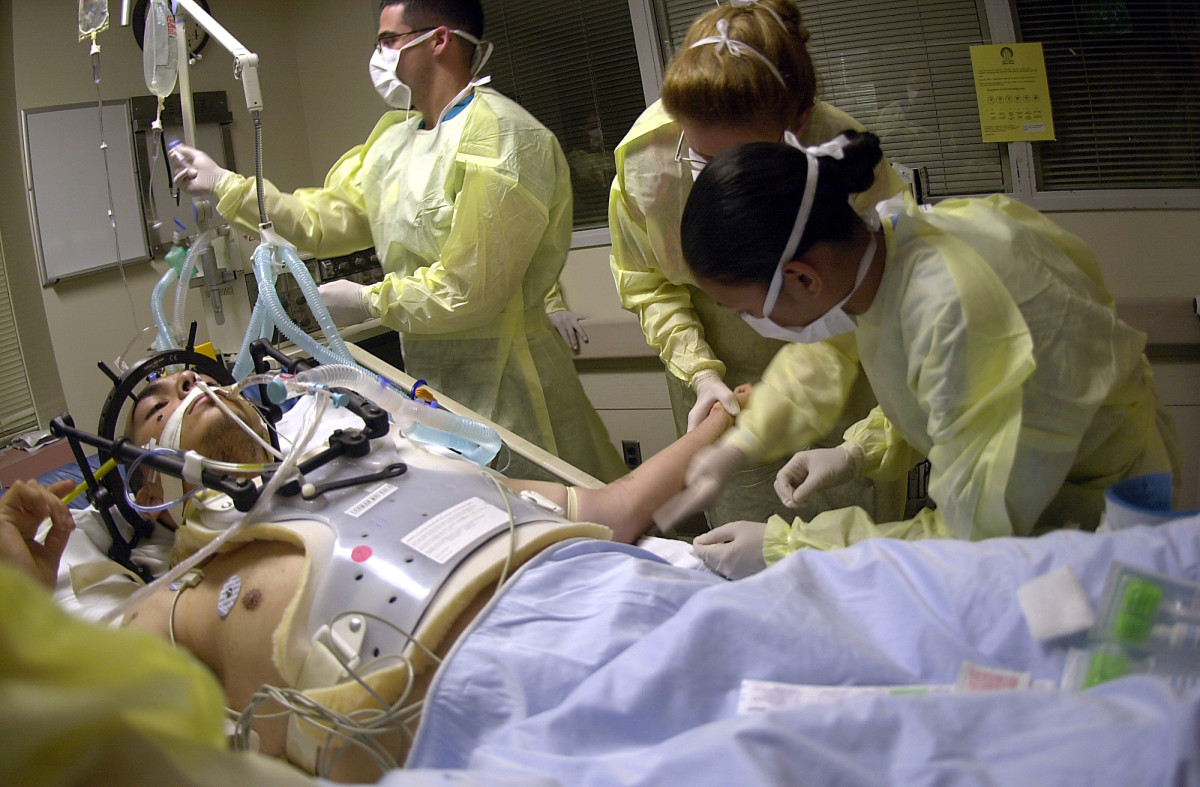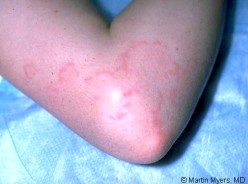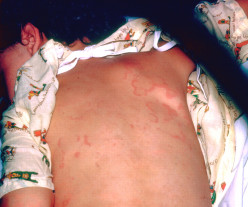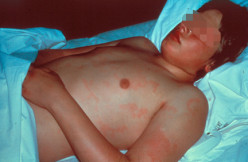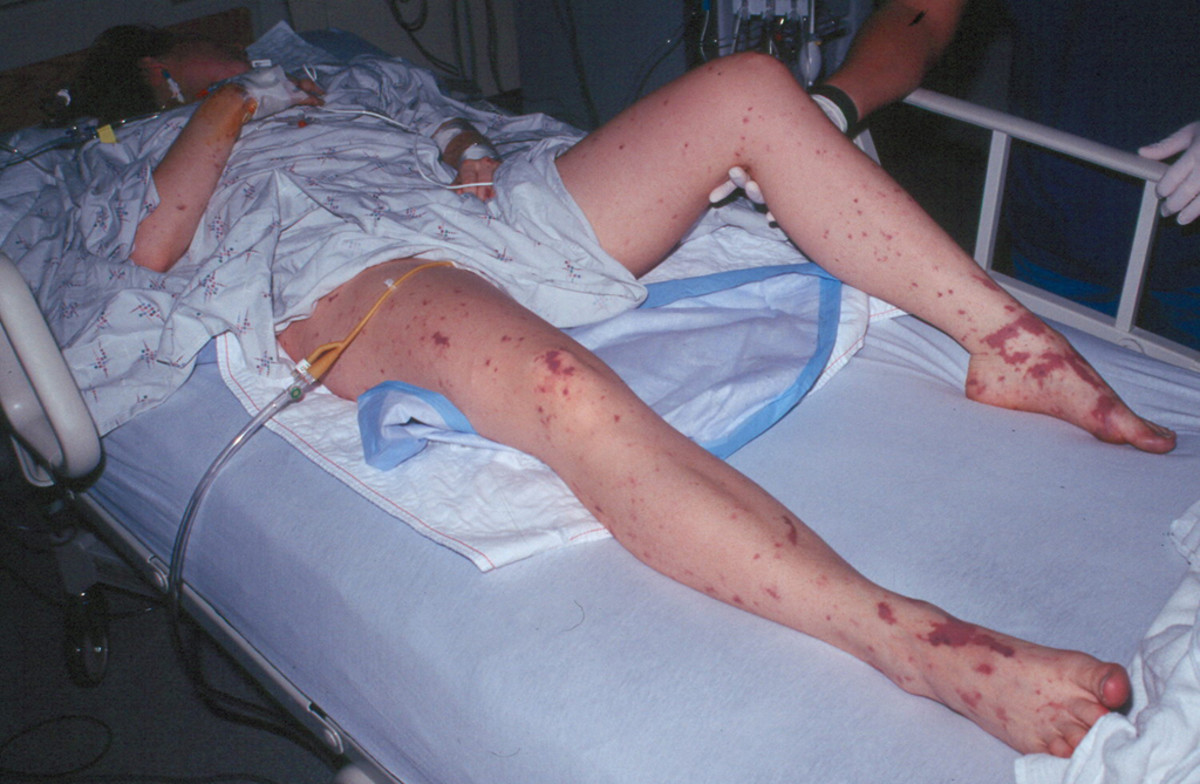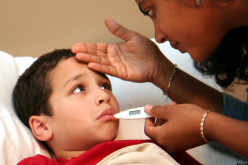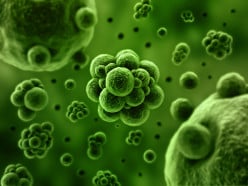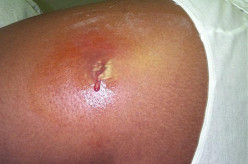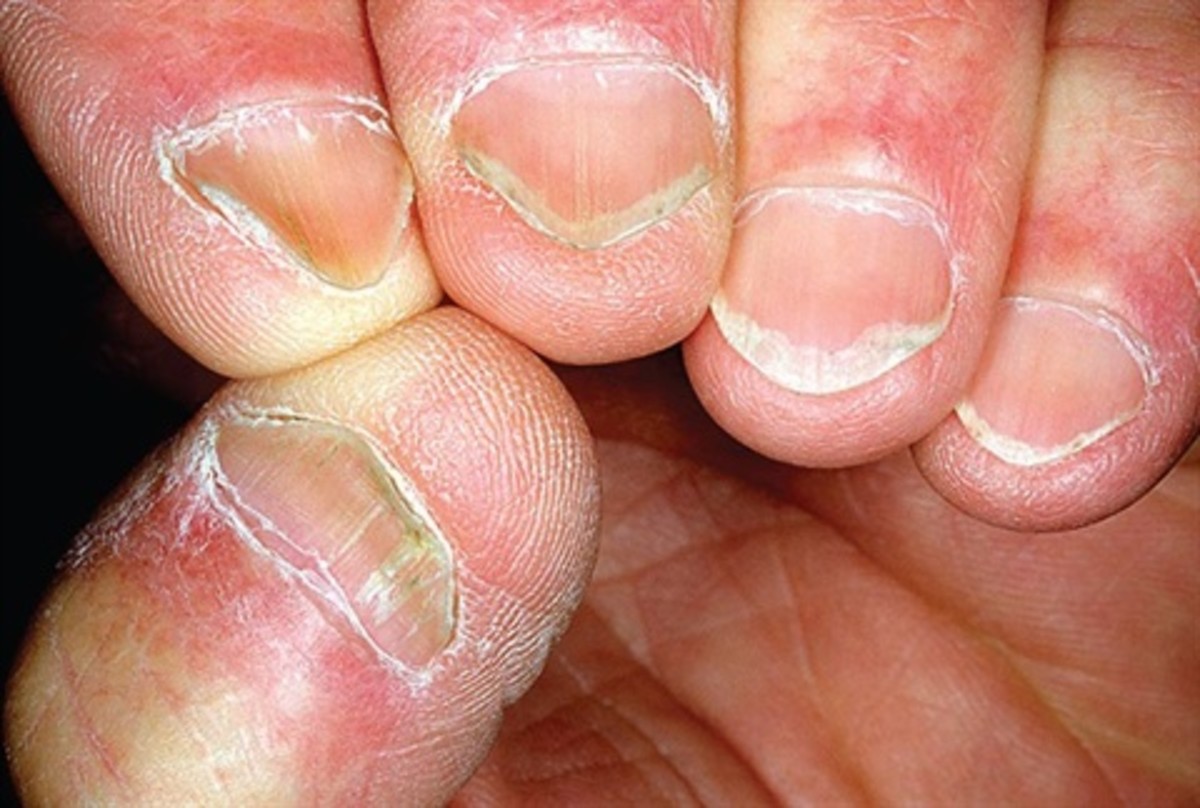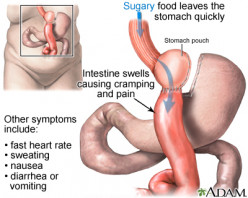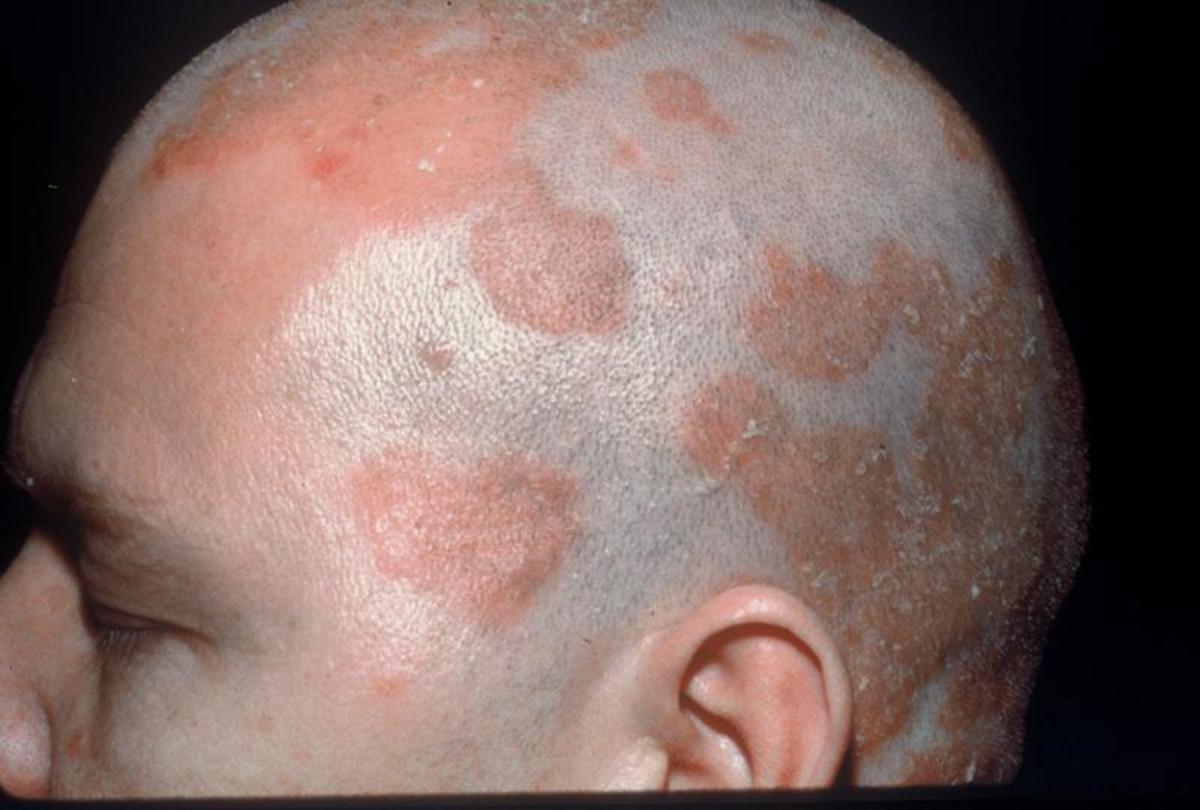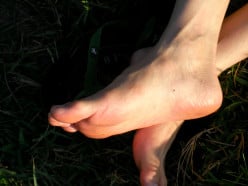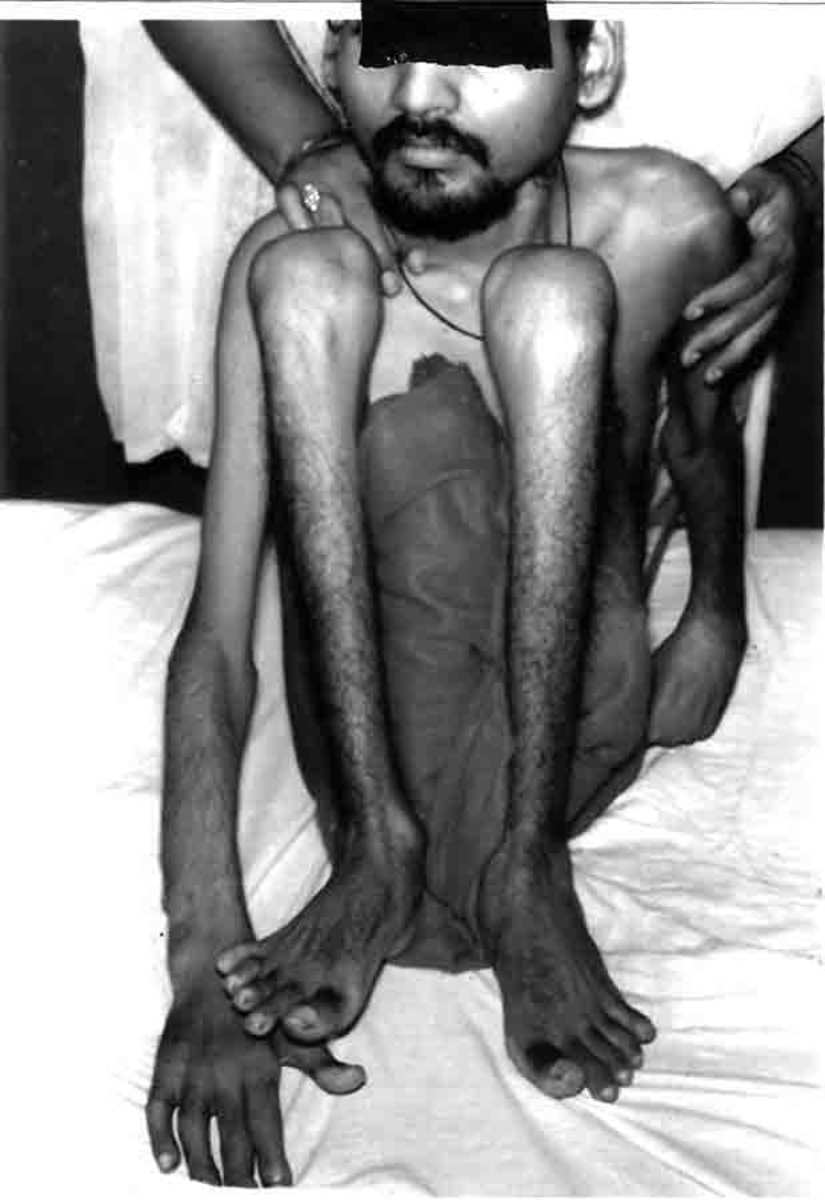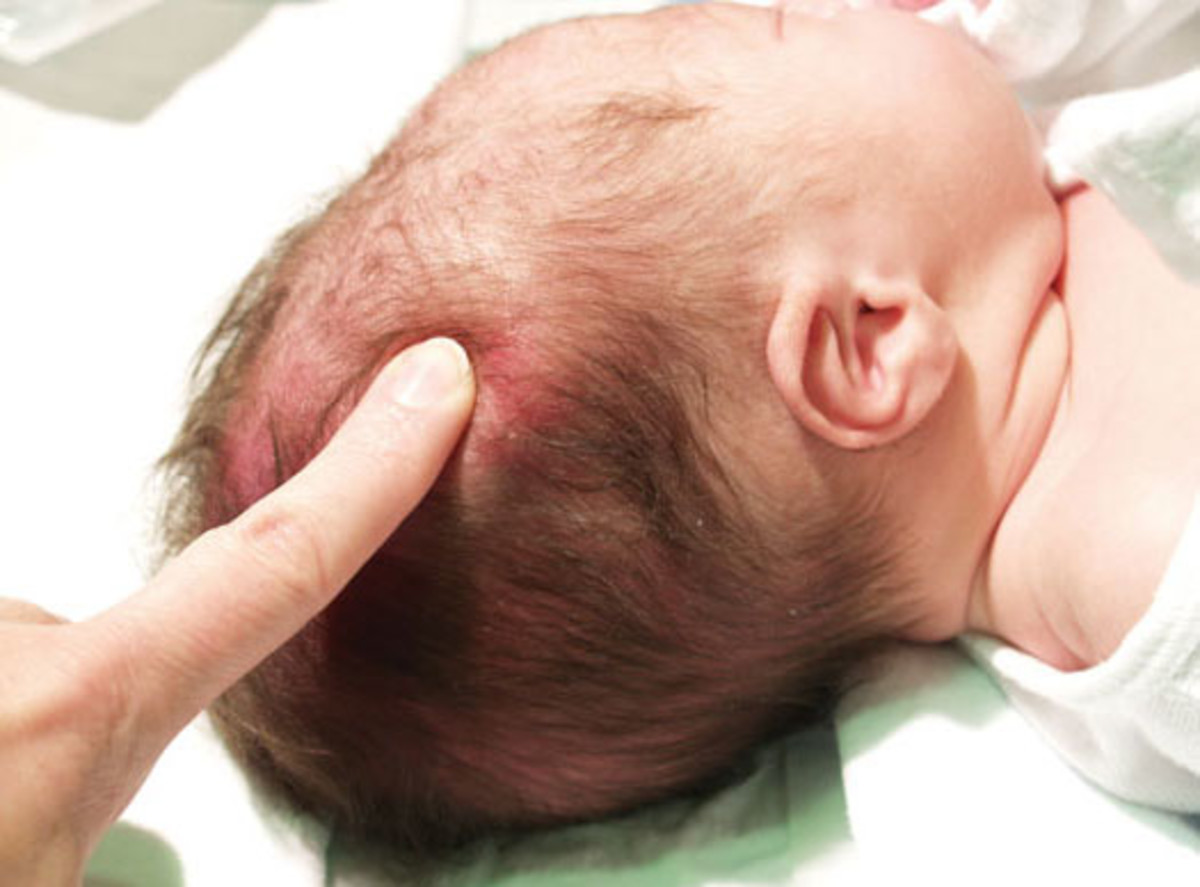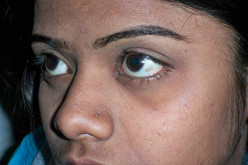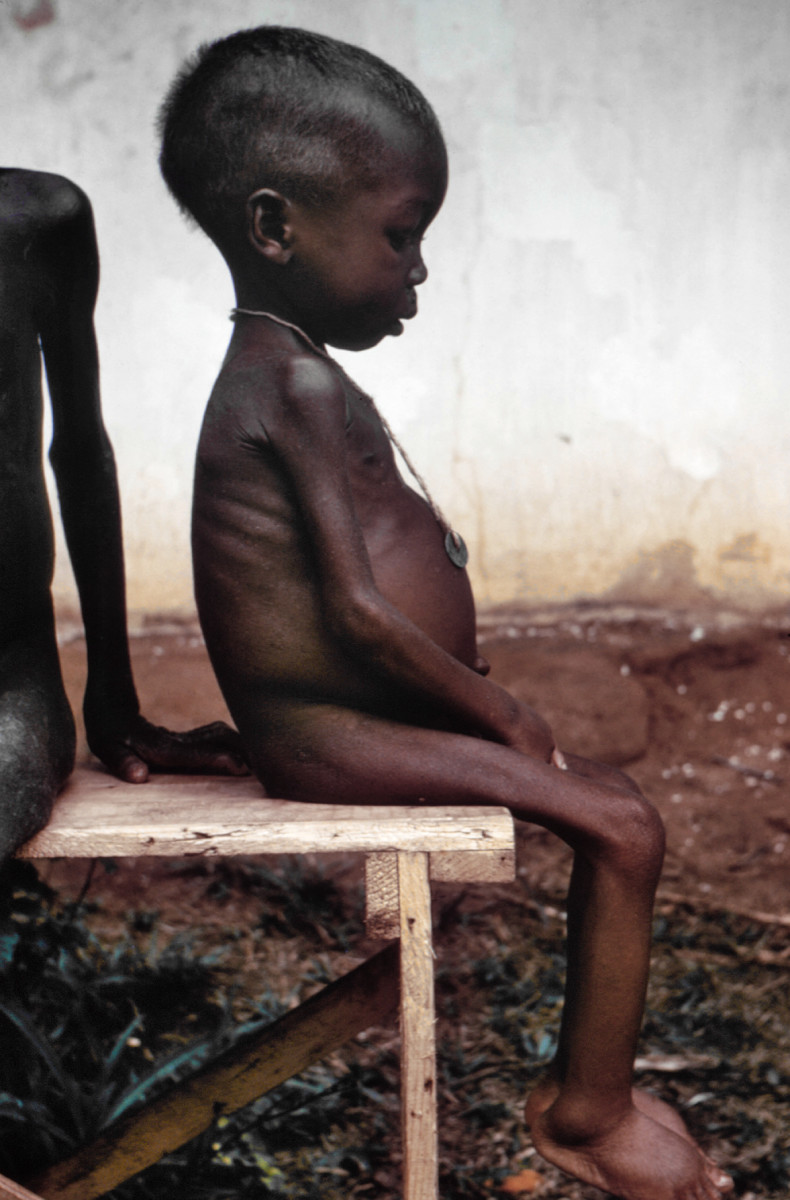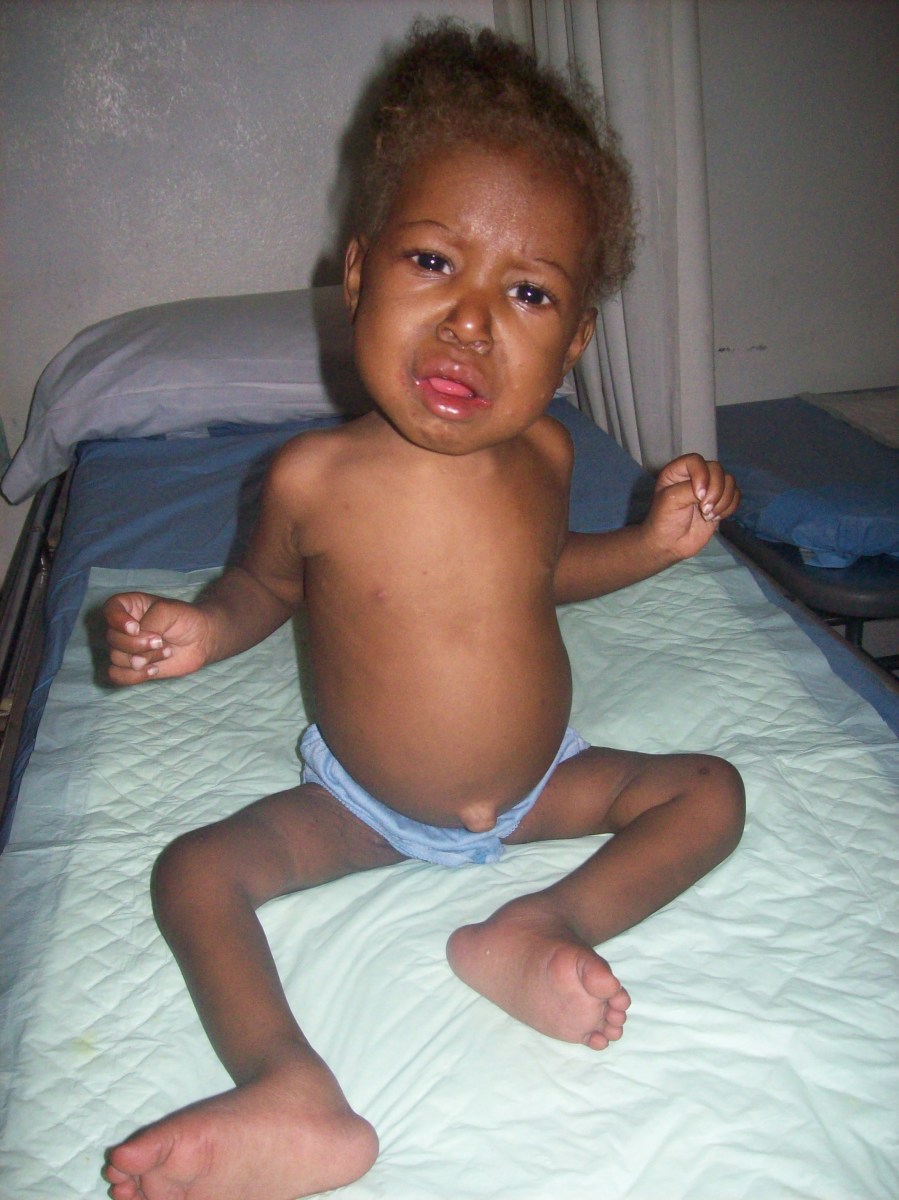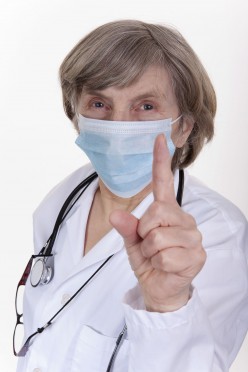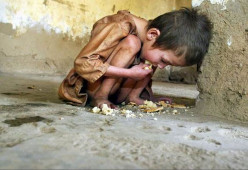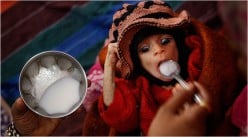 74
74- 0
Oesophageal Stricture Health Implication: The Story Of Chief Mr. Olivier Chukwuemeka From Enugu, Nigeria
It is the narrowing of the Oesophagus or Oesophageal lumen which makes it difficult for swallowing. This can be due to thermal and radial burns, or as a result of Esophagitis or peptic Ulcers
- 0
Oesophageal Diverticulum Health Implication: The Story Of Thomas Putressi From Christmas Island
Oesophageal Diverticulum is the outpouching of the Oesophageal wall, filled with mucus and undigested food. Increase in intra-Oesophageal pressure is a major factor in this situation
- 2
Oesophagitis: The Story Of Gujarati Konkani From Mumbai, India
Oesophagitis is an inflammatory process which affects the Oesophagus due to either infection or irritation. Such infection could be fungal, bacteria, viral or immunosuppressing conditions.
- 0
Gastro-Oesophageal Reflux Disease (GERD): The Story Of Miss Winifred Alvin From London, England
Gastro-oesophageal reflux disease develops when gastric (Stomach) or duodenal contents flow back into the Oesophagus. It is only considered a pathological condition when it causes undesirable symptoms
- 1
Loiasis And Onchocerciasis: Health Implications And Clinical Presentations To Man
Loa loa is prevalent in west and central Africa and this is commonly known as the African eye worm.Onchocerca volvulus prevalent throughout tropical Africa, Mexico, Guatemala and Northern Brazil.
- 0
Acute Gastritis: Clinical Manifestations Of Bile Reflux Gastropathy And Chemical Gastropathy
One major cause of Gastritis, especially in its acute form is Chemicals such as NSAIDs drugs and reflux of Bile back to the stomach from Intestine. How can this be treated and even prevented?
- 0
Chronic Gastritis Caused By Helicobacter Pylori Effect: The Story Of Liam Zopper From Sydney, Australia
Gastritis is the inflammation of the stomach mucosa wall. It could be due to autoimmune processes or Helicobacter infection or even chemicals. What are the implications of the H. pylori Gastritis?
- 1
Achalasia Of The Cardia Health Implication: The Story Of Guadalupe Santiago From Bolivia
Achalasia means "Failure to relax"; hence Achalasia of the Cardia is the disease characterized by failure of the lower Oesophageal sphincter to relax when swallowing.
- 0
The Health Implications Of Other Filarial Infections To Man’s Health
These other filarial infections include the Tetrapetalonema spp, Mansonella ozzardi, Dracontiasis infections and other rare helminthic infections.
- 0
The Health Implications And General Clinical Overview Of Trematode (Fluke) Infections
Trematodes are flat leaf-shaped unsegmented worms which have a long lifespan. Except shcistosomes, all are hermaphrodites. Compared to the other worms, human fluke infection is rare in places like India.
- 0
Filariasis As A Tissue Nematode: Clinical Significance Of Its Diagnosis, Treatment And Prevention
The diagnosis is evident if recurrent febrile episodes associated with lymphangitis occur in an endemic area or if there is history of residence in an endemic area. At this stage, microfilaria shows
- 0
Filariasis As A Tissue Nematode: Health Implications Of Its Pathology, Clinical And Obstructive Manifestations To Man
The adult worms living in the lymphatic vessels are responsible for the lesions. The severity of the lesions depends on the number of adult worms, their location and the reaction of the host.
- 0
Filariasis: Health Implications, Morphology And Lifecycle And Epidemiology
Infection by nematodes belonging to the family filarioidae constitute filariasis. Wuchereria bancroffi, Brugia malayi, Loa loa, Onchocerca volvulus, Dipetalonema perstans, Dipetalonema streptocerca
- 0
Schistosomiasis: Health Significance Of Its Diagnosis, Treatment And Prophylaxis
Schistosomiasis is diagnosed by demonstrating the eggs in appropriate specimens or in tissue biopsy. Investigation for S. hematobium includes plain x-ray of abdomen for bladder clacification
- 0
Schistosomiasis: Epidemiology, Pathology, Usual Patient Complaints And Clinical Manifestations
Though schistosomiasis is one of the more widespread helminthic infections affecting about 200 million people in 71 countries, it is only rarely reported from India.
- 0
Clonorchiasis And Schistosomiasis : Morphology, Clinical Features, Diagnosis And Treatment
Infection of the biliary passages by Clonorchis sinensis causes clonorchiasis. While Infection by Schistosoma hematobium, S. mansoni or S. japonicum constitutes Schistomiasis.
- 0
Diagnosis And Treatment Of Echinococcosis And Clinical Manifestations Of Other Tapeworm Infections
Care should be taken in handling dogs. Domestic dogs should be regularly de-wormed. Three courses of arecoline 4mg/5Kg body weight eliminate T. echinococcus and Hymenolepis nana in dogs.
- 0
Echinococcosis: General Health Implications, Morphology, Lifecycle And Clinical Manifestations
Infection of human tissues by larval form of Echinococcus granulosus and less commonly E. multilocularis is termed echinococciasis. The disease is worldwide in distribution.
- 0
Taeniasis Solium And Cysticercosis: Morphology, Lifecycle, Clinical Manifestations, Treatment And Prevention
The adult of Taenia solium inhabits the small intestine of man; occasionally the larval stage of T.solium may remain encysted in several tissues. This condition is called cysticercosis.
- 0
Taeniasis Saginata Infection: Morphology And Lifecycle, Clinical Features, Diagnosis, Treatment And Prevention
Taeniasis saginata is infection caused by Taenia Saginata. This is among the large tape worms in man and is distributed worldwide. Prevalence is highest in areas where beef is a major source of meat.
- 0
The Clinical Manifestations And Health Implications Of Enterobiasis And Cestodiasis In General
Enterobiasis is caused by Enterobis vermicularis while Cestodes or tapeworms are segmented flat ribbon-like hermaphrodite worms. Of which both inhabit the small intestines of men or animals
- 0
Larva Migrans Infections (Visceral And Cutaneous): Clinical Manifestations, Diagnosis And treatment
The term “Visceral larva migrans” is used to denote the manifestations produced by larvae of non-human ascarids when they migrate through human tissues. Most often, the ascarids of dogs and cats
- 0
Trichinosis: Health Implications, Morphology And Lifecycle, Diagnosis, Treatment And Prevention
Is caused by Trichinella spiralis, a nematode of several animals such as the rate, pig, polar bear, etc. Man gets infected when meat containing infective larvae is ingested without proper cooking.
- 0
Strongyloidiasis: Morphology And Life Cycle, Clinical Features, Diagnosis, Treatment And Prevention
Strongyloidosis is infection of the small intestine by Strongyloides stercoralis. Adult females are small measuring 2 mm in length. They live in the mucosa of the duodenum and lay eggs.
- 0
Intestinal Nematodes Infections: Diagnosis And Treatment Of Ancylostomiasis And The Clinical Features Of Trichuriasis
Trichuris trichura is worldwide in distribution. It is especially prevalent in the tropics. The prevalence rate in India for instance varies from 5% to 25% in different communities.
- 0
Hookworm Infection (Ancylostomiasis): Morphology, Life Cycle And Clinical Presentations
Hookworm infection is prevalent in hot damp areas throughout the tropics and subtropics. Two species of hookworms- Ancylostoma duodenale and Necator americanus are seen to parasitize the intestine man
- 0
Ascariasis: Clinical Manifestations, Diagnosis, Treatment And Prevention As An Intestinal Nematode Infection
Ascariasis is worldwide in distribution and is caused by the nematode Ascaris lumbricoides. In Africa, it is the most widely distributed worm.
- 0
Helminthes Infections: Health Implications, Diagnosis And Prophylaxis Of Helminthiasis
Helminthes constitute the most widespread parasites affecting man all over the world. In India, the problem of helminthes is a serious one leading to considerable morbidity, mortality and bad economic
- 0
Toxoplasmosis: Health Implications, Pathology, Clinical Manifestations, Treatment And Prevention
Infection by the protozoon Toxoplasma gondii causes toxoplasmosis. This parasite undergoes its full lifecycle only in cats and other canine hosts but it affects many mammals, birds and reptiles.
- 1
Giardiasis Infection: Health Implications, Pathogenesis, Clinical Features, Diagnosis And Treatment
Giardiasis is infection of the small intestine by Giardia intestinalis (G. lamblia). In the tropics and subtropics, this parasite is very widely prevalent, particularly in children
- 0
Balantidiasis And Pneumocystis Carini Infections: Clinical Manifestations, Diagnosis And Treatments
Balantidiasis is an infection by Balantidium Coli which affects the large intestine of man. While Pneumocystis Carinii infection complicates hematological malignancies and immunosuppressant therapy
- 0
The General Clinical Significance Of Amoebiasis Infection: Parasitology, Transmission And Pathology
The term amoebiasis includes all lesions caused by infection by the protozoan parasite Entamoeba histolytica. Amoeba cause ulcerative lesions in the large intestine causing dysentery
- 2
General Effectiveness Of The Treatment Plan Of Amoebiasis Infection
Specific treatment consists of amoebicidal drugs. These may act on the parasites found in the lumen of the gut or on the invasive forms seen in the tissues. They are grouped as luminal amoebicides
- 1
Amoebiasis: Extra-intestinal Lesions, Diagnosis And Its Correlation With Meningoencephalitis
Invasive amoebae reach the liver through the portal blood stream from the colon which is the primary seat of infection. In the liver, they multiply and cause necrosis of liver cells to produce abscess
- 0
American Trypanosomiasis: Health Implications, pathology, Clinical Manifestations, Diagnosis, Treatment And Control
This disease is caused by Trypanosoma Cruzi (Schizotrypanum) which is transmitted by certain reduvid bugs to man. It is seen in all countries of central and South America.
- 0
African Trypanosomiasis: Clinical Presentations, Diagnosis, Treatment And Prevention
Though, the symptoms of T. gambiense and T. rhodesiense infection are broadly similar, the Rhodesian type is usually more severe and runs a more acute course with a higher mortality.
- 0
African Trypanosomiasis: Health Implications, Transmission And Its Pathology
African trypanosomiasis or sleeping sickness is caused by Trypanosoma gambiense or T. rhodesiense. These hemoprotozoa are transmitted by the bite of infected tse tese flies (Glossina).
- 0
Oriental Sore: Clinical Presentations, Diagnosis, Treatment And Prevention
Oriental Sore is a chronic granulomatous lesion of the skin and subcutaneous tissue which ulcerates to form an indolent ulcer. It is caused mainly by L. tropica and L. major.
- 0
Post Kala-Azar Dermal Leishmaniasis: Etiology, Pathology, Clinical Presentations, Diagnosis, Treatment And Prognosis
It is a chronic granuloma of the skin caused by Leishmania donovani following recovery from Kala-azar. Maximum number of cases have been described from India and Bangladesh.
- 0
Health Importance Of The Treatment Of Visceral Leishmaniasis (Kala-azar)
Suspected cases should be hospitalized. Nutritional supplements, maintenance of oral hygiene and treatment of secondary infection from the general treatment.
- 0
The Health Significance Of The Diagnosis, Prognosis And Laboratory Investigations Of Visceral Leishmaniasis
iagnosis is confirmed by serology, biochemical tests and demonstration of the parasite. Complement fixation test using an antigen prepared from Kedrowsky’s acid-fast bacillus is positive in 95% cases
- 0
Visceral Leishmaniasis: Health Significance Of Its Immunology And Clinical Presentations
The incubation period is commonly 2 to 6 months, but in exceptional cases it may be longer. The onset may be insidious as in typhoid or abrupt as in malaria. In the enteric type, fever reaches peak
- 0
Visceral Leishmaniasis: Health Implications, Epidemiology, Pathology And Transmission
This is a prolonged febrile illness associated with progressive emanciation, anemia and hepatosplenomegaly caused by Leishmania donovani which parasites the reticuloendothelial cells
- 0
The clinical Significance Of The Treatment Of Chloroquine-Resistant Cases
The drug of choice is quinine sulphate 650 mg, given thrice a day orally for 2 days followed by a single dose of sulfodoxine 1.5g combined with pyrimethamine, 75 mg (3 tabs of Fansidar)
- 2
The Health Implications Of The Drug Resistance Of P. Falciparium In Malaria Attack
Plasmodium falciparum has developed resistance to the common suppressant drugs during the past two decades. In many areas, this has reached alarming proportions so as to render the standard antimalari
- 0
Clinical Significance Of Course, Prognosis And General Treatment Of Malaria Infection
The course of all forms of malaria is chronic. Even without treatment, the primary attack subsides, to relapse again. Each relapse may last for several weeks. Relapses are precipitated by travel
- 0
The Health Implications Of Cerebral Malaria And Other Forms Of Malaria
This is caused by occlusion of the microcirculation of the brain, cerebral edema caused by sludging of the parasitized erythrocytes and arterial damage. Infected erythrocytes develop projections
- 0
Kyasanur Forest Disease (KFD): Clinical Presentations, Diagnosis, Treatment And Prevention
Kyasanur forest disease (KFD) is an acute febrile illness caused by a group B arbovirus, clinically characterized by sudden onset of fever with rigor, severe body pains, headache, meningism,delirium
- 0
The Clinical Presentations Of Vivax And Falciparum Malaria
The incubation period in this infection ranges from 10 to 15 days which may be prolonged in subjects taking antimalarial prophylaxis irregularly. The disease manifests with fever, headache, vague
- 1
The Clinical Significance Of The Malaria Parasite: Pathology And Route Of Transmission
The malarial parasites grow in the erythrocytes and at the end of schizogony, rupture them resulting in hemolysis which coincides with the febrile paroxysm.
- 0
Clinical Significance Of The Malaria Parasite: The Life Cycle Of The Plasmodium
When the female anopheles mosquitoes take blood from infected persons, gametocytes are ingested. In the mosquito’s stomach, the gametocytes are released from the erythrocyte exflagellates
- 0
The General Clinical Significance Of Protozoal Infections And The Health Focus On Malaria
Several protozoa are found in humans. Some as pathogens, eg, Plasmodia and leishmania, and the others are commensals, eg, Entamoeba Coli. Though protozoa diseases are seen all over the world
- 0
Rhinosporidiosis And Aspergillosis: Etiology, Clinical Manifestations, Diagnosis And Treatment
It is a chronic localized proliferative lesion caused by Rhinosporidium seeberi which affects the mucous membranes of the nose, larynx, eyes, ears, mouth, genitalis, rectum and skin.
- 0
Mycetoma: Pathology, Clinical Manifestations, Treatment And Surgery
This is a chronic granulomatous inflammation caused by several species of fungi or actinomycetes. The lesion starts in the subcutaneous tissues,later on involves deeper structures, including the bones
- 0
Ray Fungus: Clinical Presentations, Pathology, Prognosis, Treatment And Importance As An Actinomycosis
Actinomycetes are transitional forms between bacteria and fungi. They form mycelia like fungi. They are susceptible to antibiotics and in this regard, they behave more like akin to bacteria.
- 0
Histoplasmosis And Cryptococcosis: Etiology, Pathology, Clinical Manifestations, Diagnosis, Prognosis And Treatment
This is caused by inhalation of Histoplasma capsulatum. This infection is worldwide in distribution but maximum number of cases have been reported from the west, especially the USA.
- 0
The General Manifestations, Diagnosis And Treatments Of Systemic Fungal Infections
Fungal infections are very common but some of them are serious and fatal. Fungi are present in abundance in the soil as saprophytes and they generally invade immunologically compromised hosts.
- 0
Japanese Encephalitis: Clinical Presentations, Prognosis, Diagnosis And Treatment
The incubation period ranges from 5 to 15 days. Three stages are recognizable- prodrome, acute encephalitis and convalescence.
- 0
Japanese Encephalitis: Health Significance, Epidemiology, Pathogenesis And Pathology
Previously known as Japanese B encephalitis, this disease is now called Japanese encephalitis (JE). It was first identified as a definite entity when it broke out as an epidemic in Japan in 1924.
- 0
Epidemic Hemorrhagic Fevers: Clinical Manifestations, Medical Groups And Treatment
Since 1930, several viruses other than yellow fever virus are known to produce hemorrhagic manifestations.
- 0
The Paralytic Form And General Prognosis And Treatment Of Rabies
This is characterized by ascending paralysis. It may start as monoplegia or paraplegia. Spasms are not prominent. Paralytic form is known to occur more often after vampire bat bites.
- 2
The Clinical Significance And Manifestations Of Sand Fly Fever And Yellow Fever As Arboviral Infections
It is an acute infectious fever caused by arbovirus transmitted by the sand fly, Phlebotomus papatasil. Yellow Fever is caused by a group B arnovirus transmitted to man by the bite of Aedes mosquitoes
- 0
Clinical Manifestation Of Dengue Fever As A Significantly Important Arbovirus Infection
Dengue is an acute febrile illness characterized by high fever, severe pain of the bones and joints, lymphadenopathy and a characteristic rash.
- 0
The Health Significance Of Prophylaxis Of Rabies Infection
Through cleaning of the wound by washing with soap and water repeatedly and then by 40 to 70% alcohol or 0.1% quarternary ammonium compounds (Cetavlon), eliminates the virus present superficially.
- 0
Adenovirus Infection And Rabies (Hydrophobia, Lyssa): Their Clinical Manifestations, Diagnosis And Treatment
Adenovirus infection, Lymphocytic Choriomeningitis and Rabies or otherwise called hydrophobia or lyssa are infectious diseases of huge significance to Man's health.
- 1
Coxsackie Virus Infections: Health Implications, Pathogenesis, Clinical Manifestations, Diagnosis And Treatment
Coxsackie viruses are picorna viruses which can be grouped into A and B. They were first isolated from the village of Coxsakie in New York by Dalldorf in 1948, hence the name is derived from there
- 0
Echoviruses (Enteric Cytopathogenic Human Orphan Viruses): Pathology, Clinical Presentations, Diagnosis And Treatment
These are RNA viruses ranging in size, produce a spectrum of diseases ranging from mild upper respiratory infection, fever with rash, aseptic meningitis to acute hemorrhagic conjunctivitis.
- 0
The Health Significance Of The Treatment And Prevention Of Poliomyelitis
Complete bed rest, analgesics and local heat to sore muscles give symptomatic relief. Since there is no specific treatment, supportive measures are all important.
- 0
Spinal And Bulbar Forms Of Poliomyelitis And The Clinical Presentations In Polioencephalitis
Polioencephalitis is unusual and is characterized by alteration in the level of consciousness, convulsions, signs of brainstem involvement and varying combinations of spastic or flaccid paralysis.
- 0
Poliomyelitis (Heine Medin Disease): Epidemiology, Pathology And Clinical Manifestations
Poliomyelitis is an acute contagious disease producing a wide clinical spectrum ranging from a non-paralytic illness in which the patient develops symptoms and signs of meningeal involvement
- 0
The Clinical Significance Of The Management And Prophylaxis Of Viral Hepatitis
In a general and concise principle, bed rest, diet, drugs and a follow up therapy are the ideal and only ways of managing Viral hepatitis infections. Complications should be taken note of.
- 0
Viral Hepatitis: The Heal Significance Of Its Complications, Chronic Hepatitis, Diagnosis And Prognosis
About 15% of patients may get relapse after initial clearance of the jaundice. Premature resumption of physical activity favours relapse. With proper management, this also subsides completely.
- 0
Viral Hepatitis: Health Implications Of Its Clinical Presentations And Laboratory Investigations
The disease presents a clinical spectrum ranging from mild and unapparent infection to the most serious fulminant and often fatal acute hepatic failure.
- 0
Viral Hepatitis: Clinical Relevance Of Its Immunology And Pathogenesis
The HBsAg circulates in blood of infected persons and carriers. It is an antigenic but being devoid of nucleic acid, it is non-infectious. The first antibody to develop after infection is anti-HBc.
- 0
Viral Hepatitis: Clinical Importance And Health Implications Of Its Different Types
Several viruses can cause the syndrome of acute viral hepatitis. This is characterized by diffuse inflammation of the liver as the predominant feature.
- 2
Mumps: Pathology, Clinical Presentations, complications, Diagnosis, Treatment And Prevention
This common childhood infection is caused by mumps virus which belongs to the group of paramyxoviruses. The infection is worldwide in distribution and spreads through droplets.
- 2
ChickenPox (Varicella): Health Significance To Man, Pathology, epidemiology And Clinical Presentations
Chickenpox is a common viral infection occurring frequently in children. The disease is highly contagious. It is characterized by fever and disseminated vesicular eruptions.
- 0
Louse-Borne Relapsing Fever: Pathology, Clinical Presentations, Diagnosis, Treatment And Prevention
Relapsing fevers are caused by organisms of the genus Borrelia which are actively motile spirochetes 10 to 12 in length and showing 6 to 8 irregular spirals. They are stainable by aniline dyes
- 0
Treatment And Prevention Of Rubella And Clinical Manifestations Of Herpes Simplex
Infection by Herpes simplex virus (HSV) also known as Herpes virus hominis (HVH), produces recurrent crops of vesicles over the mucocutaneous regions. Two types are infective to man.
- 0
Rubella Viral Infection: Epidemiology, Clinical Features And Diagnosis
Rubella is an exanthema caused by an RNA virus (50 to 85 nm in size) belonging to the family of togaviruses. The disease is characterized by mild constitutional symptoms and rash.
- 0
Herpes Zoster (Shingles): Clinical Presentations, Complications, Diagnosis And Treatment
Herpes zoster is an acute eruptive disorder characterized by painful radiculitis and vesicular eruptions in corresponding dermatomes. It is seen more commonly in subjects above the age of forty years.
- 0
ChickenPox: Clinical Significance Of Its Complications, Diagnosis, Treatment And Prophylaxis
Neurological complications may develop more frequently in children. These include transient cerebellar ataxia encephalomyelitis, polyneuritis, ascending paralysis, transverse myelitis and optic neuritis.
- 0
Smallpox: Complications, Diagnosis, Treatment And Absolute Prevention
Secondary infection by staphylococci occurs during the stage of postulation. This may lead to septicemia, pneumonia, osteomyelitis, septic arthritis, otitis media and pyelonephritis.
- 2
Smallpox: Health Significance And Clinical Manifestations
Though smallpox was one of the most dreaded diseases and outbreaks occurred in the tropics, at present, the disease has been eradicated by worldwide efforts undertaken by the WHO from 1967 to 1977
- 0
Measles (Rubeola): Clinical Significance Of Its Complications, Diagnosis, Treatment And Prevention
These are common, though in the majority, the disease is self-limiting. Respiratory complications include croup, bronchitis, bronchiolitis and rarely, interstitial giant cell Pneumonia.
- 0
Measles (Rubeola): Health significance As an Enanthema Infection, Pathology And Clinical Presentations
Measles or Rubeola (red spots- Arabic) is an acute exanthematous febrile illness caused by a specific virus of the paramyxovirus group affecting children more. It is an RA virus varying in size
- 0
Influenza Viral Infection: Pathology, Clinical Presentations, Complications, Diagnosis, Prognosis And Treatment
Influenza is a common viral disease which presents as an acute febrile illness. It is caused by three groups of myxoviruses, important among them being influenza virus A, B and C which are different
- 0
Acute Coryza And Parainfluenza As Common Viral Infections Of The Respiratory Tract
Several viruses cause the clinical picture of coryza. Of these, rhinoviruses are the most important and common. The disease spreads by droplet and the portal of entry is the upper respiratory tract.
- 0
Clinical Significance Of Interferons And Laboratory Relevance In Establishing Diagnosis In Viral Infections
Interferons are proteid substances produced by the host cells in the early phase of infection. Other stimuli also may stimulate the production of interferons and hence this response isn't so specific.
- 0
Health Significance Of Viruses To Man: Multiplication, Spread And Common Routes Of Entry
Most of the viruses are not visible under light microscope. They vary in size from 300 nm to 20 nm. Each virus contains a nucleic acid molecule with either RNA or DNA as its genome.
- 2
Leptospirosis: Epidemiology, Pathology, Clinical Manifestations, Diagnosis, Treatment And Prevention
Leptospirae cause serious disease in man in different regions. Among the several serotypes, only Leptospirae icterohaemorrhagiae, L. canicola, L. Pomona, L. hebdomadis and L. autumnalis are harmful
- 0
Tick-Borne Relapsing Fever: Clinical Manifestations, Diagnosis, Treatment And Prevention
The causative organism is Borrelia duttonii which is transmitted by several species of soft ticks (Argasidae). Several antigenic variants of the same species have been identified in different regions
- 0
The Health Significance And Clinical Manifestations Of Nonveneral Treponematoses (Yaws And Pinta)
Yaws and pinta are non-veneral diseases caused by spirochetes which resemble Treponema pallidum morphologically and epidemiology. Primary infection is usually acquired in childhood.
- 0
Clinical Manifestations And Health Significance Of Endemic Typhus, Scrub Typhus And Tick-Borne Typhus
This is an acute febrile illness caused by R. typhi (R. mooseri) transmitted from rat to man by the rat flea Xenopsylla cheopis.
- 0
Epidemic Typhus (Louse-Borne Typhus): Pathology, Clinical Manifestations, Diagnosis, Treatment And Prevention
Epidemic typhus is a severe febrile disease caused by Rickettsia prowazekii. Man is the only known host for this parasite. As age advances the disease assumes more serious proportions
- 0
Treatment And Prophylaxis Of Herpes Genitalis And Health Implications Of Genital Warts And Molluscum Contagiosum
Antiviral drugs have been tried. Iodoxuridine dissolved in dimethyl sulphoxide has been used for local application, but the results are poor. Other newer drugs like vidarabine given intravenously
- 0
Herpes Genitalis As a Clinically Significant Sexually Transmitted Viral Disease
Several viruses may be transmitted by sexual contact. Important among them are herpes genitalis, genital warts virus, molluscum contagiosum, virus B hepatitis, cytomegalovirus and Marburg virus.
- 0
Clinical Manifestations Of Granuloma Inguinale, Chancroid And Trichomoniasis
Granuloma Inguinale, Chancroid and Trichomoniasis are regular syndromes of sexually transmitted diseases from both sexes. They are caused by pathogens surviving in the genital tract of both sexes.
- 0
Adequate Treatment Plan, Follow Up, Prevention And The Social Measures Of Syphilis Infection
The principal aims of therapy are to make the patient non-infectious within the shortest time and to achiever cure. Benzyl penicillin is very effective in killing, T. Pallidum
- 0
Lymphogranuloma Venereum: Health Relevance, Clinical Presentations, Diagnosis And Treatment
Lymphogranuloma venereum is a common sexually transmitted disease caused by Chlamydia trachomatis strains Li, Lii and Liii, manifesting as inguinal buboes, pseudo-elephantiasis of the genitals
- 0
Non-Gonococcal Urethritis: Health Relevance, Clinical Presentations, Epidemiology And Treatment
Urethritis, from which gonococci cannot be isolated, is termed as non-gonococcal urethritis (NGU). While in men, the condition is well defined, in women it is not.
- 0
Clinical Significance Of The Diagnosis And Treatment Of Gonorrhea
Gonorrhea should be suspected in all clinical situations where there is purulent urethral diacharge, situations where there is purulent urethral discharge, leucorrhea in women, ophthalmia neonatorum
- 0
Gonorrhea: Health Relevance, Pathology And Clinical Manifestations
Gonorrhea is one of the most common sexually transmitted diseases all over the world. This is caused by Neisseria gonorrhoeae, which is present throughout the world.
- 0
Diagnosis Of Syphilis: Serodiagnosis And Significance In Its Different Stages
Two types of serological tests have been developed; the nonspecific tests using cardiolipin from beef heart and specific tests using live or killed laboratory strains of treponemes or their components
- 0
Congenital Syphilis: Clinical Manifestations, Health Implications And Lesions
Treponema pallidum can pass from the infected mother to the fetus through the placenta. An infected mother can transmit the disease to her child even in the late stages
- 0
Syphilis (Treponema Pallidum Infection): Clinical Presentations Through Its Stages And Phases
The incubation period varies from 1 to 3 weeks in most cases, though it may extend up to 90 days. A small macule develops at the site of inoculation which later becomes a papule and ulcerates.
- 0
Prevention Of Tetanus (Lockjaw) And A Review On Other Clostridial Diseases
Tetanus is an easily preventable disease. Clinical tetanus does not confer immunity and therefore the patient should be actively immunized when he recovers.
- 0
Tetanus (Lockjaw): General Treatment Measures And Surgeries
The patient is nursed in an environment where external stimuli such as drafts of air, cold winds, noises and vibrations are minimal. Nutrition is provided by giving adequate calories
- 0
Tetanus (Lockjaw): Course And Prognosis, Complications And Prognosis
It takes about three days for the disease to manifest fully. If complications are prevented, the condition remains stable for the next 5 to 7 days. Thereafter, the spasms gradually subside
- 0
Tetanus (Lockjaw): Etiology And Clinical Manifestations
Tetanus is an acute infectious disease characterized by rigidity, intermittent spasms of the voluntary muscles and convulsions, Trismus, which is a prominent feature, gives it the name “lockjaw”.
- 0
Anaerobic Infections, Lesions Caused By Anaerobes And General Therapeutic principles Of Treatment
Many areas in the body such as the mouth, nasopharynx, paranasal sinuses, tonsilar crypts, gastrointestinal tract, and female genital tract harbor anaerobes as commensals and they far outnumber aerobe
- 0
The Health Implications & Clinical Manifestations Of Pseudomembranous Colitis, Bartonellosis And Legionella Infections
Pseudomembranous colitis, Bartonellosis and legionella infections are also types of diarrheal diseases. Not so common but also of huge clinical effect to man's health? What are their manifestations?
- 0
The Clinical Significance Of Other Diarrhea Diseases To Human’s Health
In the developing regions, especially in Africa, 2 million children die annually from diarrheal disease other than cholera. Disorders in which three or more watery stools are passed daily
- 0
Cholera As A Diarrheal Disease Of Infective Origin: Dietetic Management, Prevention And Personal Prophylaxis
Though cholera is a self- limiting disease, it is customary to use antibiotics when a case is diagnosed. Tetracycline and furaxolidone shorten the duration of the illness and stop excretion of vibrios
- 0
Cholera As A Diarrheal Disease Of Infective Origin: Treatment Plan, Maintenance And Rehydration Therapy
All cases with moderate or severe diarrhea should be hospitalized and treated properly, early replacement of gastrointestinal fluid and electrolyte losses, maintenance of nutrition & antimicrobial
- 0
Cholera As A Diarrheal Disease Of Infective Origin: Clinical Manifestations, Diagnosis, Prognosis And Complications
Severity of cholera varies from a completely asymptomatic form to fulminant diarrhea and shock. In el tor cholera, outbreaks , the proportion of asymptomatic and mild cases are higher than severe ones
- 0
Cholera As A Diarrheal Disease Of Infective Origin: Etiology, Epidemiology And Pathogenesis
Cholera is an acute infectious disease occurring in outbreaks, characterized by watery diarrhea and effortless vomiting, often leading to severe dehydration and shock
- 0
Brucellosis (Undulant Fever, Malta Fever, Abortus Fever): Clinical Presentations, Diagnosis And Treatment
Brucellosis is an infectious disease of animals which is transmitted to man handling infective material or by ingestion of infected articles of food. Brucellosis is present all over the world
- 0
Plague: Epidemiology, Pathogenesis, Clinical Manifestations, Diagnosis, Treatment And Prevention
This disease used to occur in the form of epidemics in the early parts of this century, but now its incidence is very rare. It is a disease which is transmitted to man by the infected rat flea
- 0
Proteus And Escherichia Coli Infections: Clinical Presentations, Diagnosis And Treatment
The genus proteus has four species which are pathogenic to man: P. mirabilis, P. vulgaris, P. morganii and P. rettgeri. Proteus mirabilis is the most common species,
- 2
Klebsiella Pneumoniae Infections : Clinical And Health Relevance of Pseudomonas Infection Manifestations
Species of Klebsiella are capsulated Gram negative bacilli found normally in the throat and intestinal flora. Klebsiella pneumonia (Freidlander’s bacillus) is a virulent organism
- 0
Shigella Infections (Bacterial Dysentery): The Clinical Significance Of Its Diagnosis, Treatment And Prevention
Clinically, the disease should be suspected when dysentery occurs with fever and signs of toxemia. Diagnosis is confirmed by microscopic examination of stools
- 0
Shigella Infections (Bacterial Dysentery): Bacteriology, Epidemiology, Clinical Manifestations And Complications
Bacterial dysentery is caused by infection by organisms belonging to the genus Shigella and clinically characterized by diarrhea, (stools contain mucus and gross blood) fever, vomiting & stomach pain.
- 2
Paratyphoid Fevers And Non-typhoid Salmonella Infections: Epidemiology, Clinical Manifestations, Diagnosis & Treatment
These are produced by Salmonella paratyphi A and B respectively. The illness generally resembles typhoid in clinical pattern, though the toxemia and complications are milder.
- 0
Staphylococcal Infections: Epidemiology, Pathogenesis, Treatment, Prevention And The Toxic Shock Syndrome
Staphylococci are the most ubiquitous organisms affecting man. Staphylococcus aureus is the most common pathogen.
- 0
Streptococcal Infections: Health Significance As Bacterial Cocci Causing Systemic Diseases
Streptococci are among the commonest bacterial pathogens of man. They produce several pathological lesions.
- 0
Anthrax (Wool Sorter’s Disease): Epidemiology, Pathology, Clinical Manifestations, Diagnosis, Treatment And Prevention
Anthrax is a disease of animals which is transmitted to man either directly or through infected animal products and caused by Bacillus anthracis.
- 0
Typhoid Fever: Clinical Management And Treatment Course Of The Disease And Its Complications
General management consists of rest in bed, proper nursing care to avoid bedsores and oral sepsis and maintenance of nutrition and fluid and electrolyte balance.
- 0
Typhoid Fevers: Clinical Significance Of Its Diagnosis, Laboratory Investigations And Prophylaxis
Typhoid fever has to be considered in the differential diagnosis of all prolonged febrile illnesses seen in tropical countries. These include hepatic amebiasis, tuberculosis, infective endocarditis
- 0
Typhoid Fever: Clinical Significance Of Its Complications To Man’s Health
Typhoid fever is associated with several complications. The major complications include severe toxemia, peripheral circulatory failure and intestinal hemorrhage and perforation.
- 0
Typhoid Fever: Health Relevance Of Its Clinical Manifestations
The onset is slow with anorexia, malaise, lethargy, fever and headache. The temperature rises in a step-ladder pattern in the first week. The pulse is relatively slow. Headache is prominent from start
- 0
Salmonella Infections With An Overview On Typhoid Fever, Its Epidemiology And Pathogenesis
Typhoid and paratyphoid are caused by salmonella typhi and salmonella paratyphi respectively.
- 0
Hemophilus Influenzae Infections: Medical Implications, Clinical Syndromes, Laboratory Diagnosis And Treatment
Hemophilus influenza exists in coccobaciliary form in cultures but shows bacillary morphology in cerebrospinal fluid of patients with meningitis.
- 0
Diphtheria: The Health Significance Of Its Clinical Diagnosis And Phases Of Treatment
Toxigenicity can be assessed by guinea pig inoculation, passive agar gel diffusion (Elek plate method) or counter immunoelectrophoresis.
- 0
Meningoceccemia: General Overview, Diagnosis, Laboratory Investigations, Treatment, Prognosis And Prevention
Meningococcemia may be fulminant or chronic. The fulminant form is characterized by abrupt onset, severe constitutional disturbances, peripheral vascular collapse, shock and sometimes myocarditis.
- 1
Meningococcal Infection: Clinical Manifestations Of Meningococcal Meningitis (Cerebrospinal Fever)
Nisseria meningitis (meningococcus) is pathogenic exclusively to man. The clinical syndromes include meningitis, meningococcal septicemia and rarely lesions in the joints, ears, eyes, lungs and heart.
- 0
Clinical Manifestations Of Lobar Pneumonia And Extrapulmonary Pneumococcal Lesions
Pneumonia is often preceded by coryzea or other upper respiratory tract infections. Incidence of pneumonia is higher in males. The onset is sudden with fever and chills in the majority of cases.
- 0
A Clinical Overview On Pneumococcal Infections With A Simple Case Study On Lobar Pneumonia
Pneumococci are found in the upper respiratory tract. On the basis of capsular precipitation reactions using type specific antisera, about 84 serotypes have been identified.
- 0
Staphylococcal Infections: Health Effects Of Its Various Clinical Presentations As Superficial Staphylococcal Lesions
Superficial lesions are typical of staphylococcal infections and this is aids a lot in their diagnosis. Clinical presentations such as furuncle, carbuncle, impetigo, ecthyma, sycosis barbae,
- 0
Acute Rheumatic Fever: The Health Relevance Of Its Differential Diagnosis, Treatment And Prophylaxis
Infective endocarditis may present with fever and heart lesions. Presence of clubbing, hepatosplenomegaly, absence of arthritis and development of embolic complications help to distinguish this
- 0
Septic Shock (Endotoxic Shock): Health Implications Of Its Management And Prognosis
Early institution of antimicrobial therapy is lifesaving. Specimens are collected for bacteriological investigations before antibiotics are given. Bactericidal drugs should be given intravenously.
- 0
Acute Rheumatic Fever: Clinical Significance Of Its Diagnosis As A Streptococcal Infection
Clinically, rheumatic fever should be considered in all cases of prolonged fever in any developing country. Rapid pulse, arthritis, skin manifestations and carditis suggest the diagnosis.
- 2
Acute Rheumatic Fever: Physical Presentations And Health Significance In Multi- Organ Affection
Acute rheumatic fever affects multiple organs, depending on its progression and stage. The commonest organs affected are: the heart, joints, body coordination and the skin.
- 0
Acute Rheumatic Fever: Health Significance, Epidemiology, Course And Progression Of The Infectious Disease
Rheumatic fever is not an uncommon disorder seen in the pediatric age group worldwide. It is clinically characterized by fever, polyarthritis, carditis, chorea, skin manifestations and pleurisy.
- 0
Septic Shock (Endotoxic Shock): Medical Implications, Clinical Manifestations And Diagnosis
The importance of septic shock as a life- threatening emergency in several infections has been recognized in recent times. In most cases, endotoxins of Gram- negative bacilli are responsible.
- 0
Pyrexia Of Unknown Origin (PUO) And Diagnostic Methods In Infectious Diseases
When the temperature is raised above 38.30C for more than two weeks without the cause being detected by physical examination or laboratory tests, it comes under the definition of PUO.
- 0
Fever: Health Relevance Of Its Diagnosis And Clinical management To Man
History should include the details of the place of residence, recent visit to endemic areas, the pattern of onset and course of fever, and the accompanying clinical phenomena.
- 0
Fever: Health Importance Of Its Clinical Characteristics And Accompaniments
The onset may be abrupt as in infections like Pneumonia or it may have a step ladder type of rise as in typhoid fever.
- 0
Fever: Health Significance As A Major Symptom Of Infections And Mechanism Of Effect
Fever is perhaps the most common manifestation of ill health and it is an early and nonspecific hody response to many harmful agents.
- 0
Infections: Pathogenesis, A General Clinical Overview And Health Relevance To Man
After gaining access to the body, the infecting organisms adhere to their site of primary attack by finbriae (pili) or surface antigens. The next step is to multiply and produce a local lesion.
- 0
General Infections: Health Implications, General Considerations And Their Sources
Microbes abound in nature. They are mostly commensals, some are saprophytes, and a few are pathogens. Saprophytes are freeliving microbes which subsist on dead or decaying organic matter.
- 2
Iodine, Fluorine, Copper And Zinc:Nutritive Significances, Deficiencies And Biological relevance As Mineral Supplements
Iodine, fluorine, copper and zinc are mineral elements of huge significance to the human body. Their deficiencies have shown clear physical presentations. What are their nutritive and health value?
- 2
Music Therapy: A Natural Soul Healer And The Perfect Psycho-emotional Remedy
We will continue with the Psycho-emotional effect of Music but this time, we will focus more on its emotional influence and how it can help relationships especially, to avoid emotional stress
- 4
Relaxation and Stress Management through Music Therapy
Music therapy is aimed at nourishing the soul and sending in nutrients through it for somatic (bodily) improvements. Music, be it in professional terms or otherwise has that deep effect
- 0
Rational And Irrational Drug Use, Abuse, Addiction And Compliance Issues
When two different drugs are taken together, they may produce effects different from those produced when the drug is taken alone. In many cases, this is beneficial and they are said to be synergistic
- 2
The Health Significance Of The Rational Use Of Drugs And Medical Substances In General
A drug substance is the active ingredient or component that produces pharmacologic activity. A drug product is the finished dosage form ( for example, tablet, capsule)
- 2
Stress Extension: Sleep Management, Consequences Of Its deprivation And Insomnia
Sleep is a basic necessity of life. Our health, happiness and ability to succeed in life are strongly dependent on how well we meet our bodies’ needs for rest and quality sleep.
- 0
Effective Stress management: Its Relationship With Illnesses, Coping And Preventing It
Due to the singular fact that stress affects nearly every system in the body, it plays a role in many disorders such as depression, eating disorders and anorexia, fatigue and chronic fatigue syndrome
- 0
Stress Manifestations And Presentations: Analyzing Its Causes And A General Overview On Organizational Stress
Stress exists whenever there is a change in equilibrium of a man-machine-environment system which commonly results in a manifestation of human strain. The society, the working world
- 0
Stress Manifestations: Health Significance Of Its Sources, Effects And Symptoms
The sources of stress are much. They range from one individual to another. Sources or causes of stress can, however, be grouped into several key areas.
- 0
Stress Presentations And Propagations: The Effect Of Its Types
Stress can be seen as positive (good stress) and negative (bad stress), both of which manifest from a variety of sources.
- 0
The Clinical And Health Significance Of Stress Manifestation And Propagation
Stress is an ever present and growing element in our working lives. It requires both simple and complex techniques to deal with it- techniques which become essential skills for survival
- 2
Significance On The Patient’s Motivation In Weight Loss Therapy And A General Overview On Health Promotion
When assessing the patient’s motivation to enter weight loss therapy, the following factors should be evaluated:
- 0
The Doctor’s Prescription: The Health Importance And Clinical Significance Of An Ideal Weight Control
The presence of overweight or obesity in a patient is of medical concern because it increases the risk of several diseases such as cardiovascular diseases, hypertension, diabetes mellitus
- 0
Fitness And Exercise From A Doctor’s Perspective: Maintaining The Lifestyle
Some of the benefits of exercise occur soon but others take longer time. So if you are not being active, you lose the fitness you achieved. Doing a little everyday makes the most sense for your health
- 4
Obesity: The Health Significance Of Its Diagnosis And Treatment
Clinical diagnosis is based on weight, physical appearance and measurement of skin fold thickness. Sophisticated methods are available to establish the diagnosis in a borderline case.
- 0
Iron Deficiency: Causes, Clinical Manifestations, Prevention And Siderosis
Animal proteins and vitamin C enhances Iron absorption, while phytates and phosphates retard it. Iron is absorbed from the duodenum and upper jejunum.
- 0
Phosphorus And Iron: Nutritive Significance, Clinical, Deficiencies And Biological Value As Mineral Supplements
Most of the phosphorus (85%) in the body is present in bones and teeth. In all tissues, this element is present intracellularly as phosphates. The total body content of phosphorus is 800 to 900g.
- 0
Calcium: Clinical Manifestations Of Its Deficiency And Nutritive Importance As A Mineral Supplement
The total body content of calcium is 1200g in an adult. This is present in the skeleton, teeth, plasma, and in all tissues.
- 0
Ascorbic Acid (Antiscorbutic Vitamin- Vitamin C): Clinical Manifestations Of Deficiency, Treatment And Prevention
James Lind, a scotish naval physician, recognized the antiscorbutic properties of citrous fruits in 1753 and this was considered an important discovery with far- reaching effects.
- 0
Folic Acid (Pteroyliglutamic Acid): Nutritive Significance, Clinical Manifestations Of Deficiency And Treatment
The vitamin is absorbed in the proximal small intestine after hydrolysis of polyglutamates. Human body can store about 6 to 10 mg, especially in the liver.
- 0
Cyanocobalamin (Vitamin B12): Nutritive Significance, Clinical Presentation Of Deficiency And Treatment
Deficiency of vitamin B12 or folates leads to abnormality in DNA synthesis, characterised by megaloblastic erythropoiesis and similar changes in many tissues in the body.
- 0
Vitamin B3 (Niacin, Nicotinic Acid, Nicotinamide, Antipellagra Vitamin): Nutritive Importance, Deficiency And Treatment
Nicotinic acid forms an integral part of nicotinamide adenine dinucleotide (NAD) and its phosphate (NADP) which acts as coenzymes in the metabolic pathways of glucose and proteins.
- 0
Vitamin B2 (Riboflavin) And Vitamin B6 (Pyridoxine, Pantothenic Acid And Biotin): Nutritive And Health Significance
Riboflavin, Pyridoxine, Pantothenic Acid and Biotin are essential minerals needed by the body to carry out lost of metabolic functions. For this reason, they are of huge significance to us.
- 0
Thiamine (Vitamin B1- Aneurine): Nutritional And Health Significance, Clinical Manifestations, Diagnosis And Treatment
Thiamine plays an essential part in the metabolism of carbohydrates by acting as a coenzyme required for the decarboxylation of pyruvate to acetyl coenxyme A.
- 0
Vitamin E (Antisterility Vitamin) and Vitamin K (Coagulation Vitamin): Their Health And Medical Significance
Vitamin E also known as the antisterility and vitamin K, also known as the coagulation vitamins are of huge importance to Human's health. Let's find out why
- 0
Osteomalacia And Hypervitaminosis D: Clinical Manifestations, Diagnosis And Treatment
Osteomalacia denotes those disorders where mineralization of newly formed bone matrix (osteoid) is defective
- 0
Vitamin D Deficiency (Nutritional Rickets And Osteomalacia): Clinical Manifestations, Diagnosis And Treatment
Early manifestations include These include irritability, flabbiness of muscles, prominence of abdomen and delay in the appearance of milestones, except speech. Florid rickets manifests by the age of 1 to 2 years.
- 2
Vitamin D Deficiency (Nutritional Rickets And Osteomalacia): Nutritional And Health Significance And Diagnosis
Vitamin D is required for normal metabolism of calcium and phosphorus and for bone formation. It enhances the absorption of these minerals from the gut, their mobilization from bone
- 0
Vitamin A (Retinol) Deficiency: Clinical Presentations, Diagnosis, Treatment, And Toxicity
The earliest symptom is night blindness, followed by degenerative changes in the retina. The bulbar conjunctiva becomes dry, and rough grayish triangular foamy raised patches appear (Bitot’s spots).
- 0
Vitamin A (Retinol): Nutritional Significance, Source Of Intake And Mechanism Of Action
Vitamins are organic substances which have to be applied in food in minute quantities to maintain the biochemical and structural integrity of many cells and tissues.
- 0
Marasmic Kwashiorkor: Clinical Manifestations, Prognosis, Treatment, Prevention And Rehabilitation
In this condition, features of marasmus and kwashiorkor are present simultaneously. The body weight is less than 60% of the normal. Dependent edema is present.
- 0
Protein- Energy Malnutrition: Marasmus And Kwashiokor, Clinical Presentations, Pathology And Treatment
Protein-energy malnutrition (PEM) has been defined by WHO and FAO (1973) as a range of pathological conditions arising from coincident lack of protein and calories in varying proportions occurring
- 0
A Medical Doctor’s Warning On Fitness Regime Complications: Dehydration And Overstraining
Surprisingly, even keeping fit and doing exercise have their side effects. The two main side effects are dehydration and overstraining. How can one balance the equilibriun?
- 0
A Medical Doctor’s Recommendations On Exercise And Fitness: Target Heart Rate And A Simple Exercise Programme
Our risk of developing many illnesses, especially long term (chronic) disease, may be lower if we are physically active.
- 0
The Health Significance Of Physical Exercise And Fitness From A Medical Doctor’s Perspective
Physical exercise is fundamental to healthy living. “Yes” or “No” is not a sufficient answer to the question “Are you fit?” Everyone has some level of fitness. However, you could feel better and healthier
- 0
Starvation: Health Relevance, Clinical Presentations And Treatment
Severe starvation on a mass scale occurs during special situations like prolonged war, drought and other natural or political calamities. Chronic starvation of different grades affects large number of people
- 0
Cardiovascular Burden Of Womanhood And Its Health Implications In Relation To Menopause
The female reproductive system is designed to carry out several functions including production of the female egg, provision of safe environment for conception
- 0
Health Significance And Biological Functions Of Food: Qualitative Relevance Of Proteins To Man
Proteins together with water, form the basic building units of tissues. In addition, they function as enzymes and hormones and also take part in transport mechanisms.
- 0
Health Significance And Biological Functions Of Food: Carbohydrates And Fats
Living organisms cannot create energy but can only transform it. The food we eat provides calories for energy needs, proteins to build and maintain the body tissues, and vitamins and minerals to
- 0
Malnutrition: Social Aspects, Etiology, Health Significance And Clinical Manifest
Malnutrition results from deviations from normal nutrition. Frank clinical signs and definite biochemical abnormalities occur in gross malnutrition, but only borderline changes occur in the majority of cases
- 0
Nutrition: Health Significance, Under Nutrition, Malnutrition And Laboratory Investigations In Nutrition
Nutrition encompasses the intake of exogenous substances supplied in the diet and their transformation into substances necessary for the maintenance of life, growth, normal functioning of the organs
- 0
Psychiatric Emergencies: Health Significance Of Suicide, Anxiety, Panic And Psychotic Excitement
These are situations demanding urgent psychiatric intervention to avoid danger to the individual or to others. Suicide, acute psychotic excitement, acute intoxication, acute anxiety and panic reactions
- 0
Drug Dependence: Psychiatric Significance, Clinical Manifestations And Treatment
Drug dependence is a condition arising in a person from the administration of drug on a periodic or continuous basis. Drug abuse, habituation and addiction are synonymous terms.
- 0
Alcoholism And Psychosomatic Disorders: Psychiatric Significance, Etiology, Clinical Presentations And Treatment
Alcoholism is the condition resulting from the intake of alcohol in quantities great enough to damage the physical health or the personal or social functioning of an individual
- 0
Personality Disorders And Sexual Disorders: Psychiatric Relevance, Clinical Manifestations, Treatment And Management
These are known by several terms such as abnormal personality, psychopathic personality, etc. This is a situation arising out of one or more abnormal character traits.
- 0
Obsessive Compulsive Neurosis And Reactive Depression: Etiology, Clinical Presentations, Diagnosis And Treatment
Obsessive compulsive neurosis and reactive depression are special manifestations of personality disorders is psychosis. Let's find out their clinical and health significance!
- 0
Hysterical Neurosis And Anorexia Nervosa: Psychiatric Significance Of Their Clinical Manifestations
This neurotic disorder is characterized by psychogenic loss or disorder of function, manifested either as conversion reaction or as dissociative reaction
- 0
Hysterical Neurosis: Psychiatric Significance Of Its Clinical Presentations, Diagnosis And Treatment
Hysteria can mimic any disease. Symptoms may be those of conversion reaction or dissociative reaction.
- 0
Anxiety And Phobic Neurosis: Etiology, Clinical Features, Physical Symptoms, Diagnosis And Treatment
Anxiety neurosis is characterized by unpleasant feelings of fear, tension, impending danger, or panic reactions. Neurosis on its own is a group of diseases, affecting somatic neural functions of the body.


